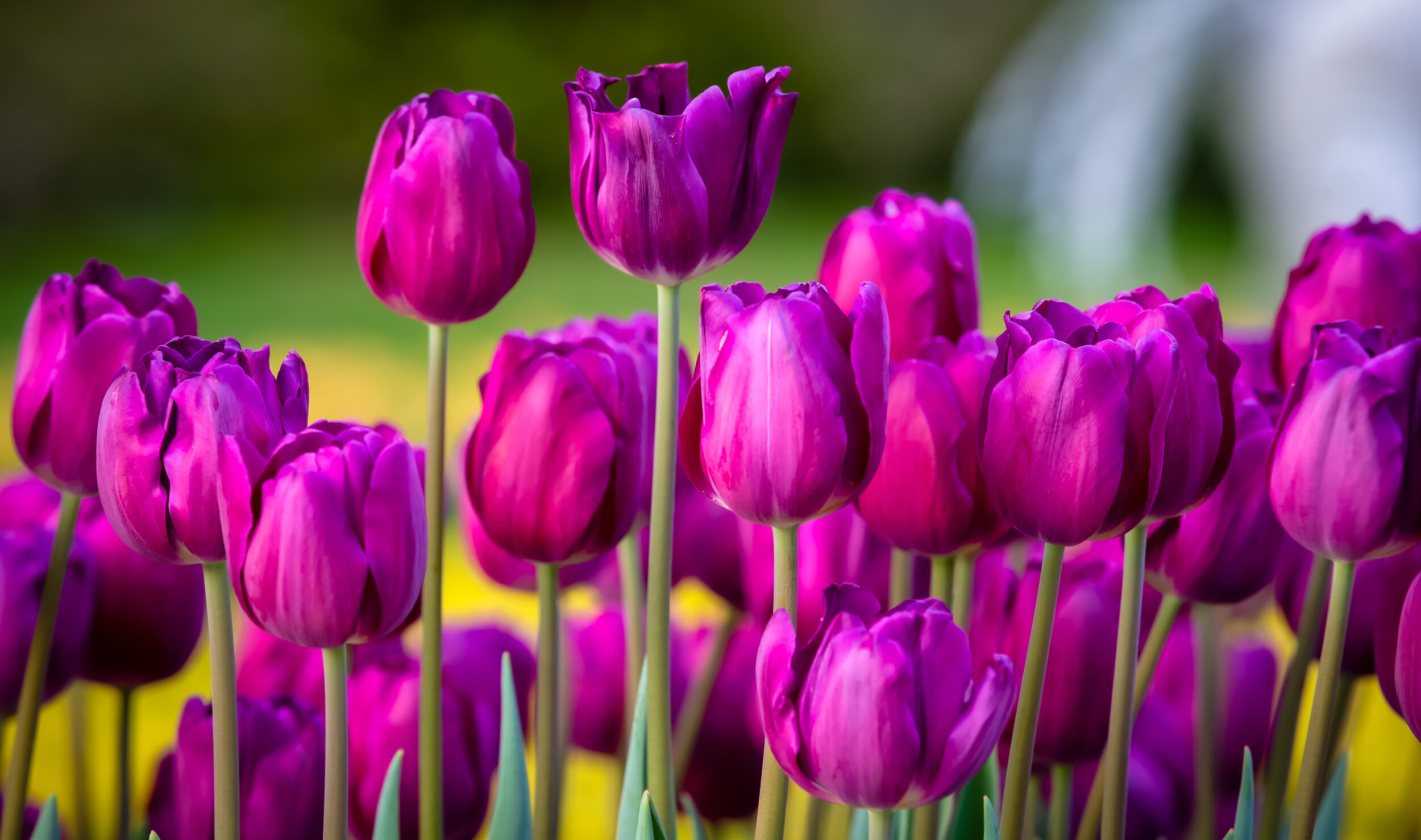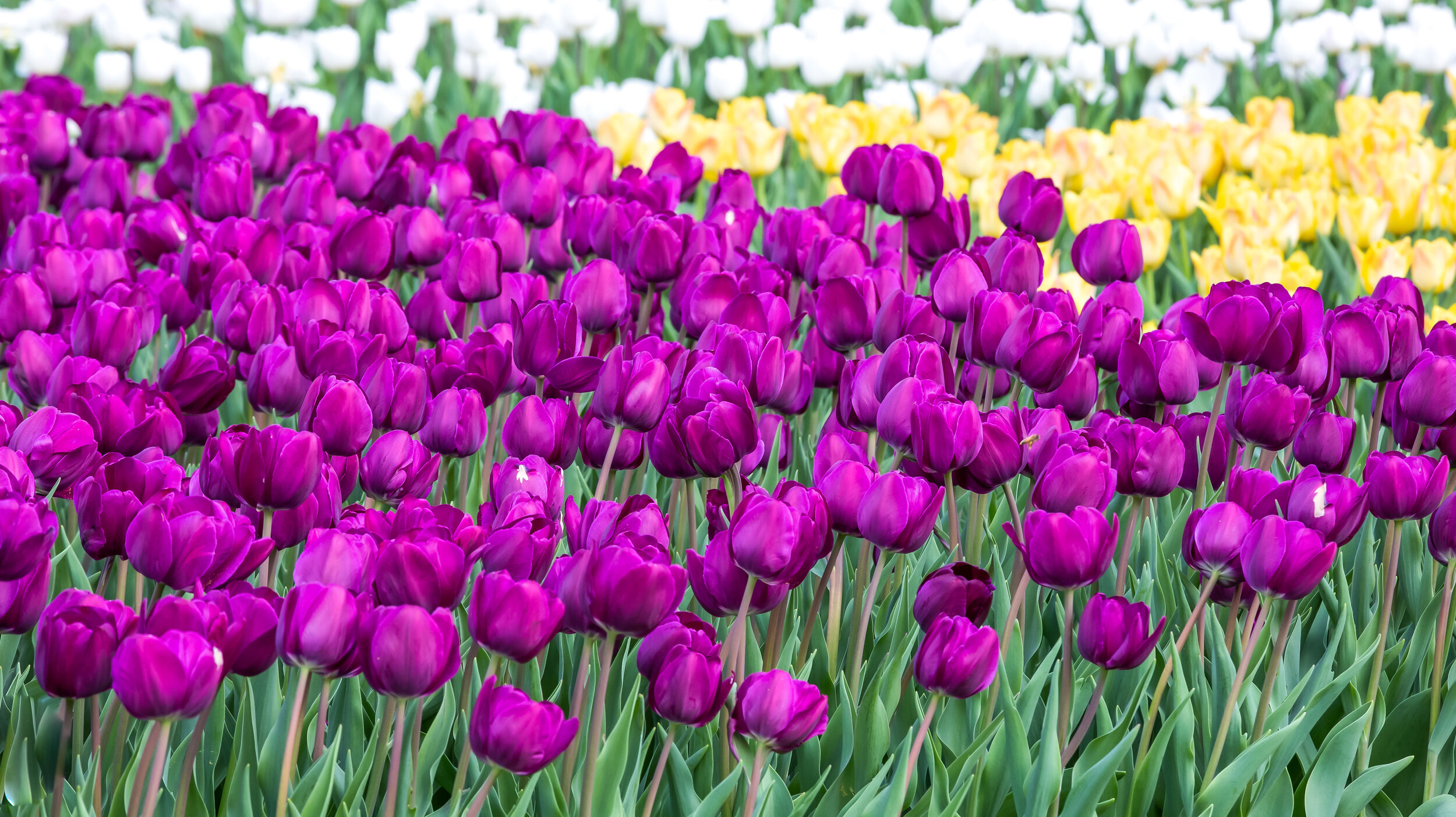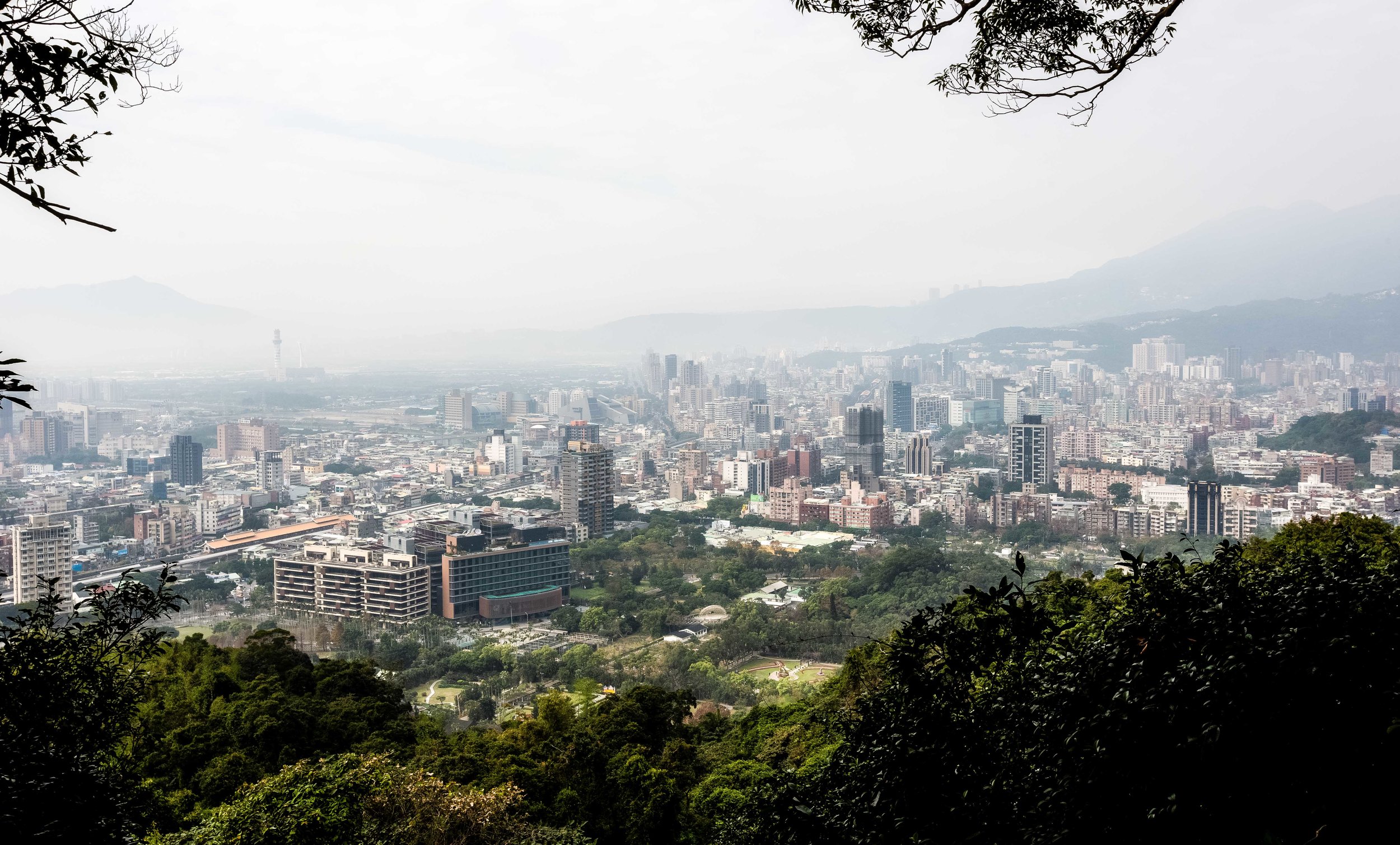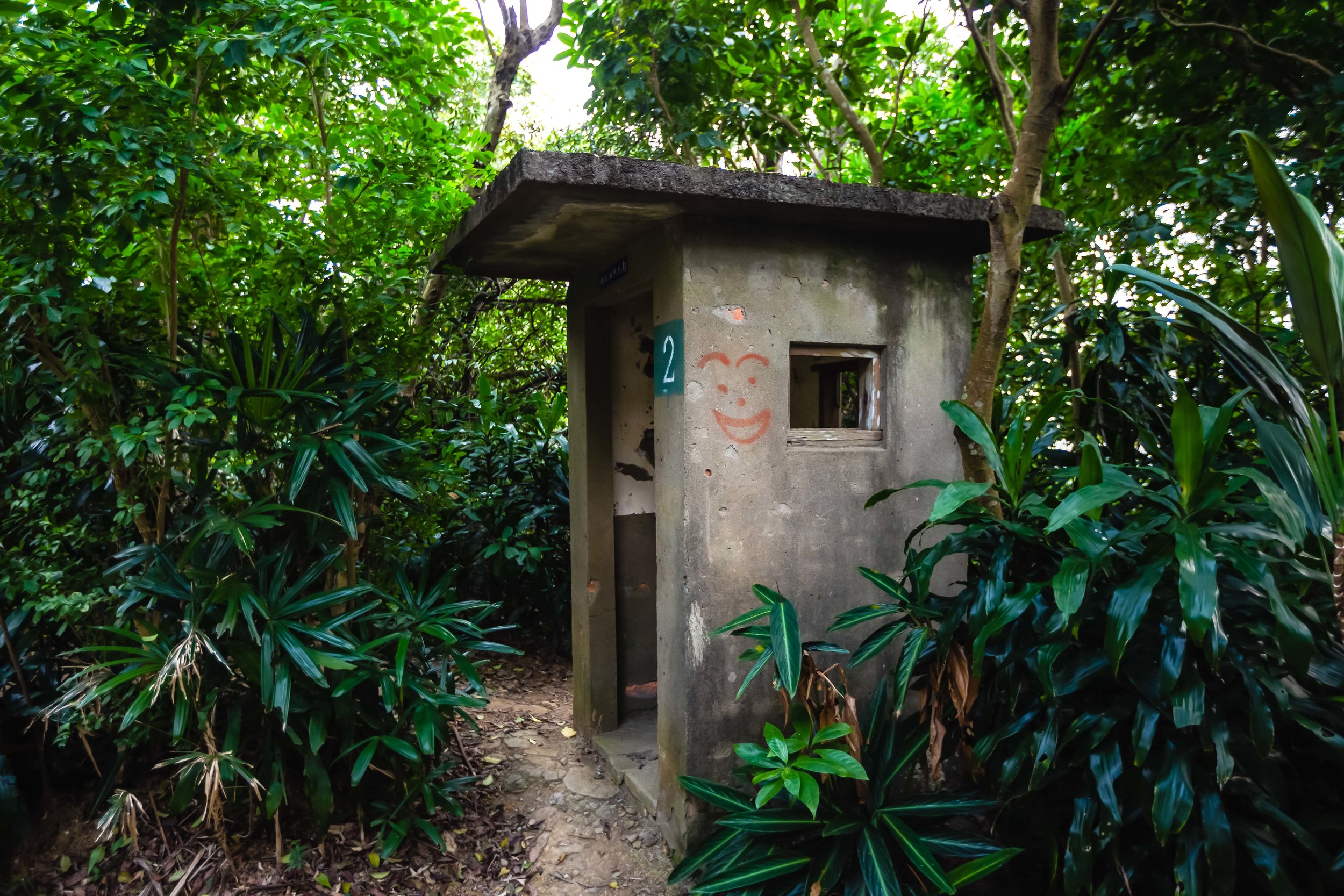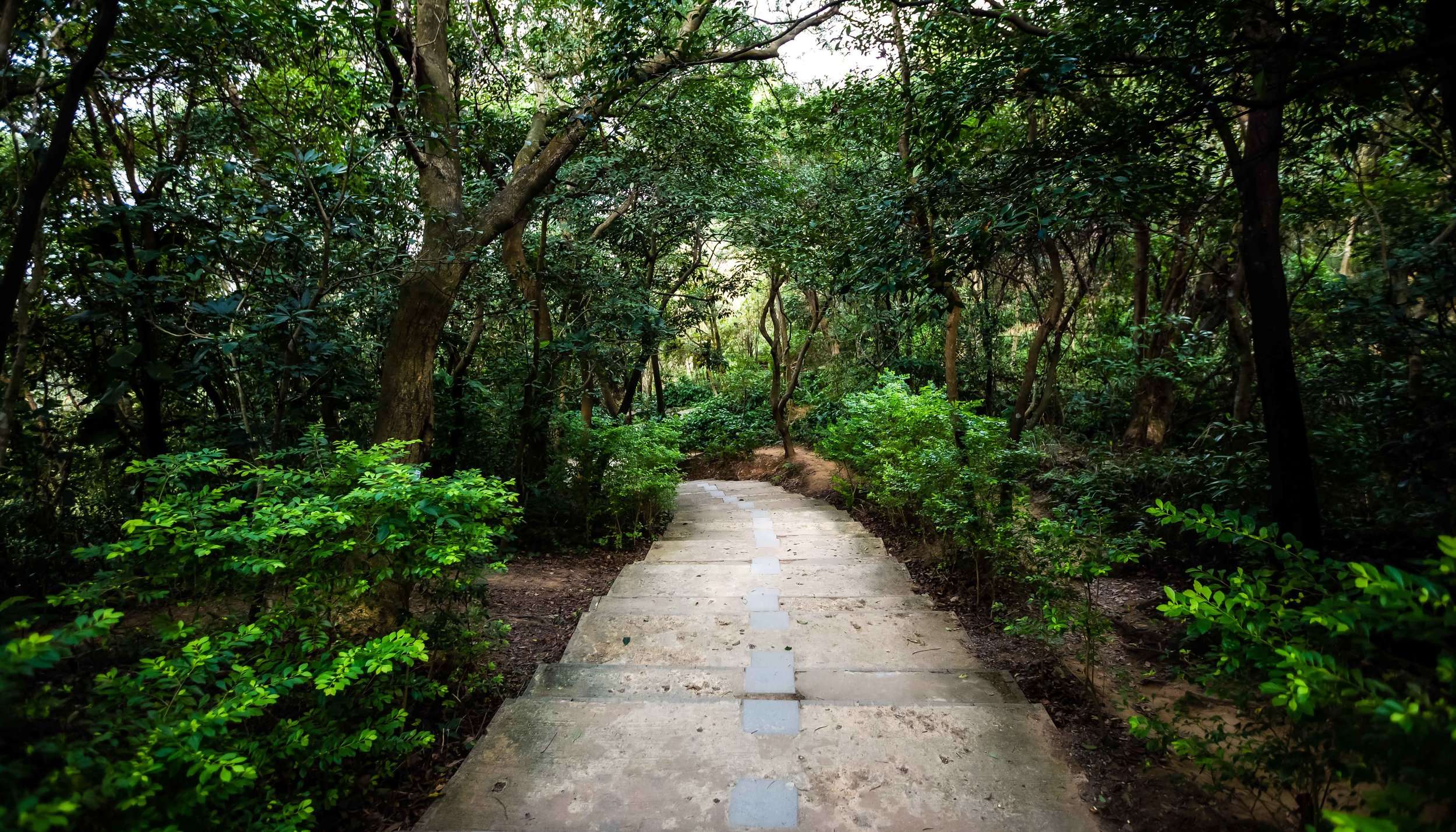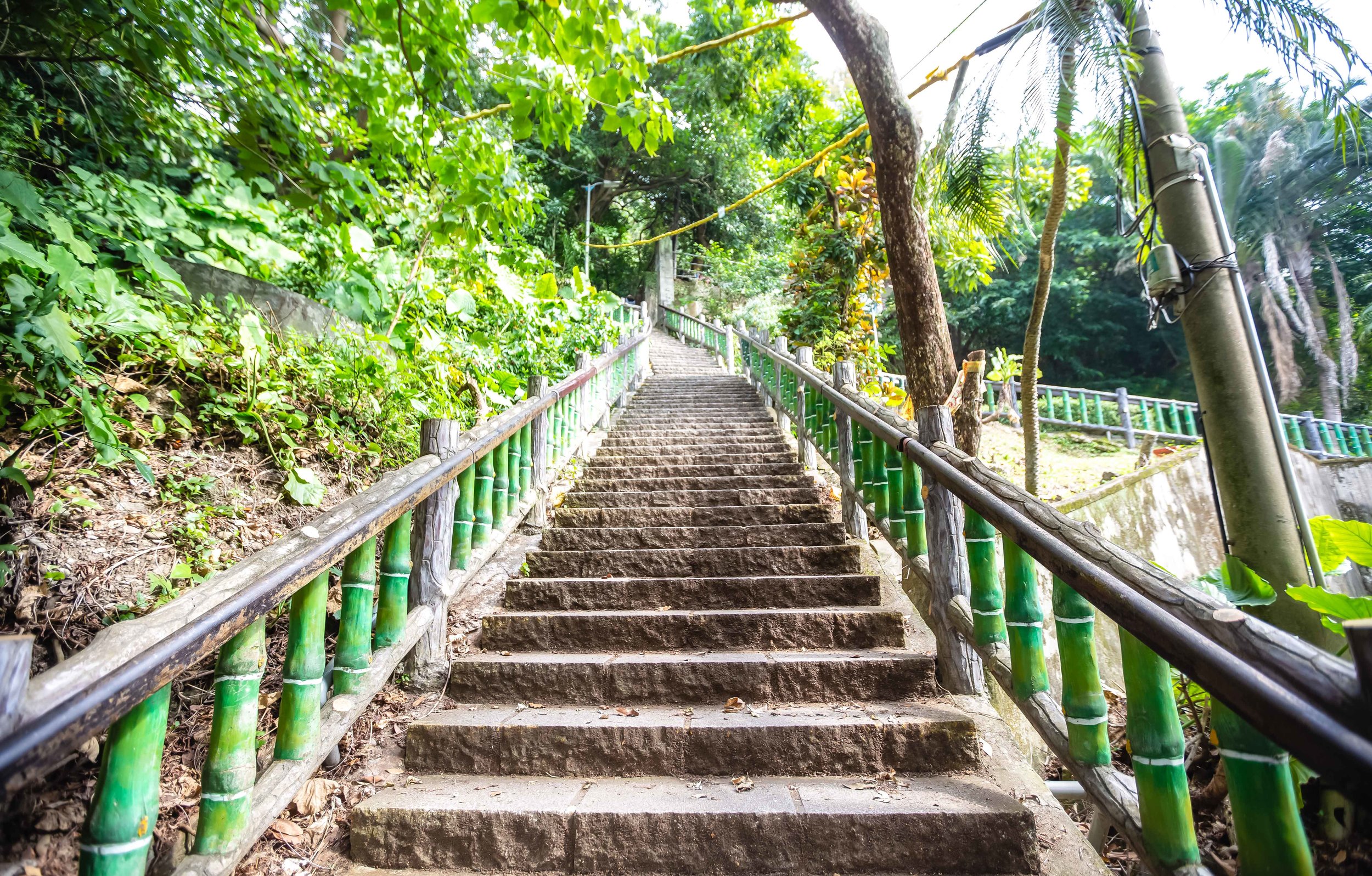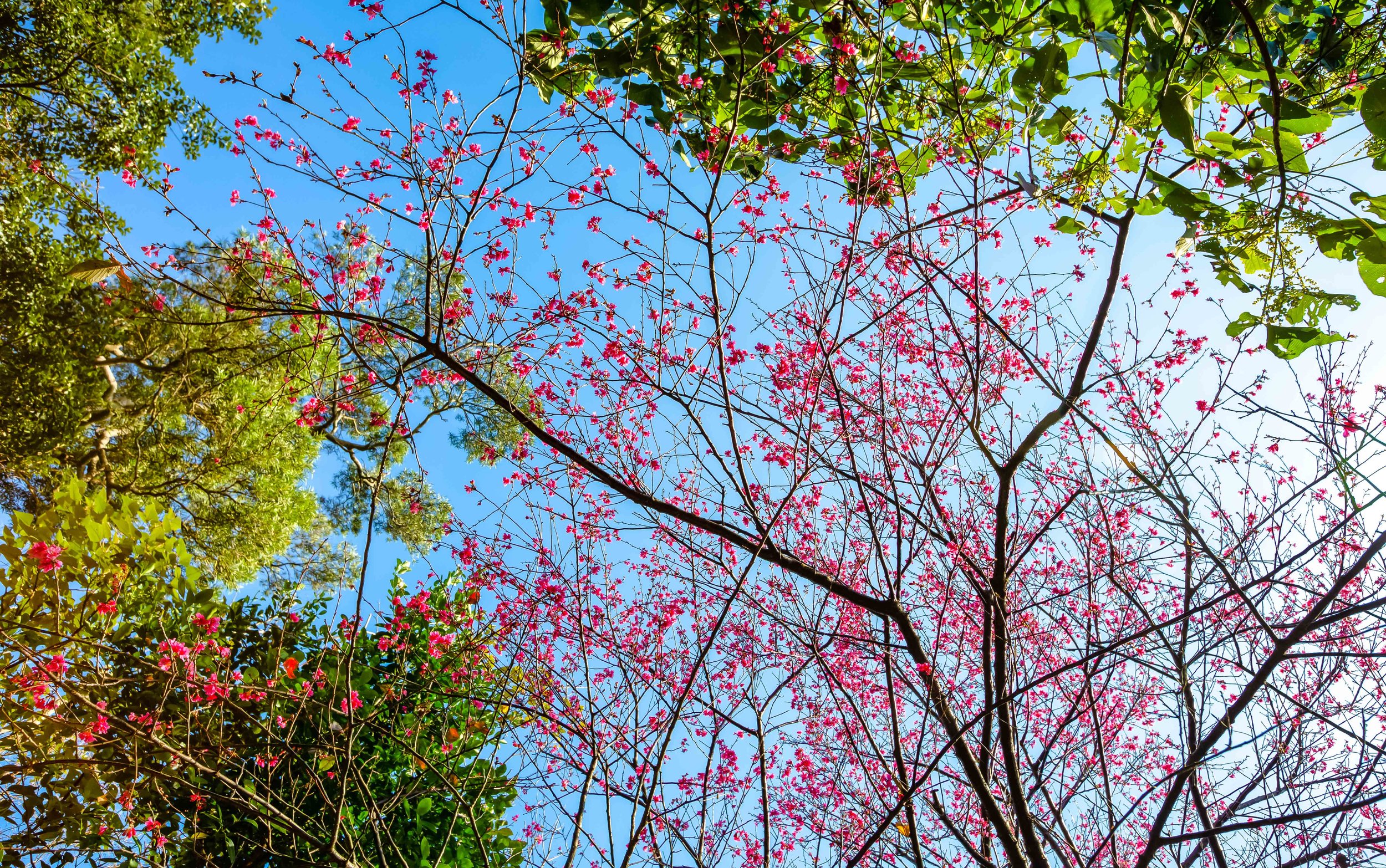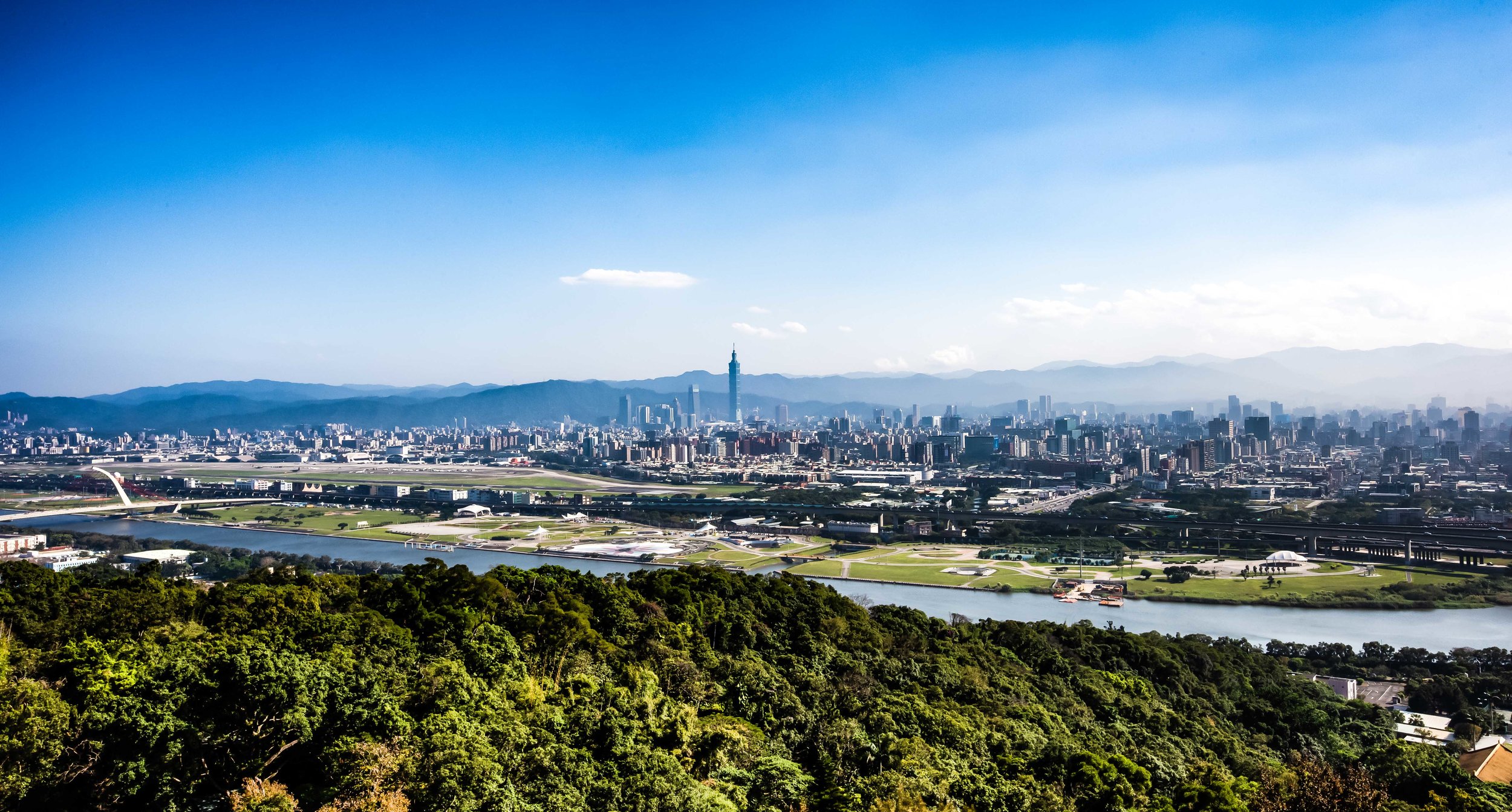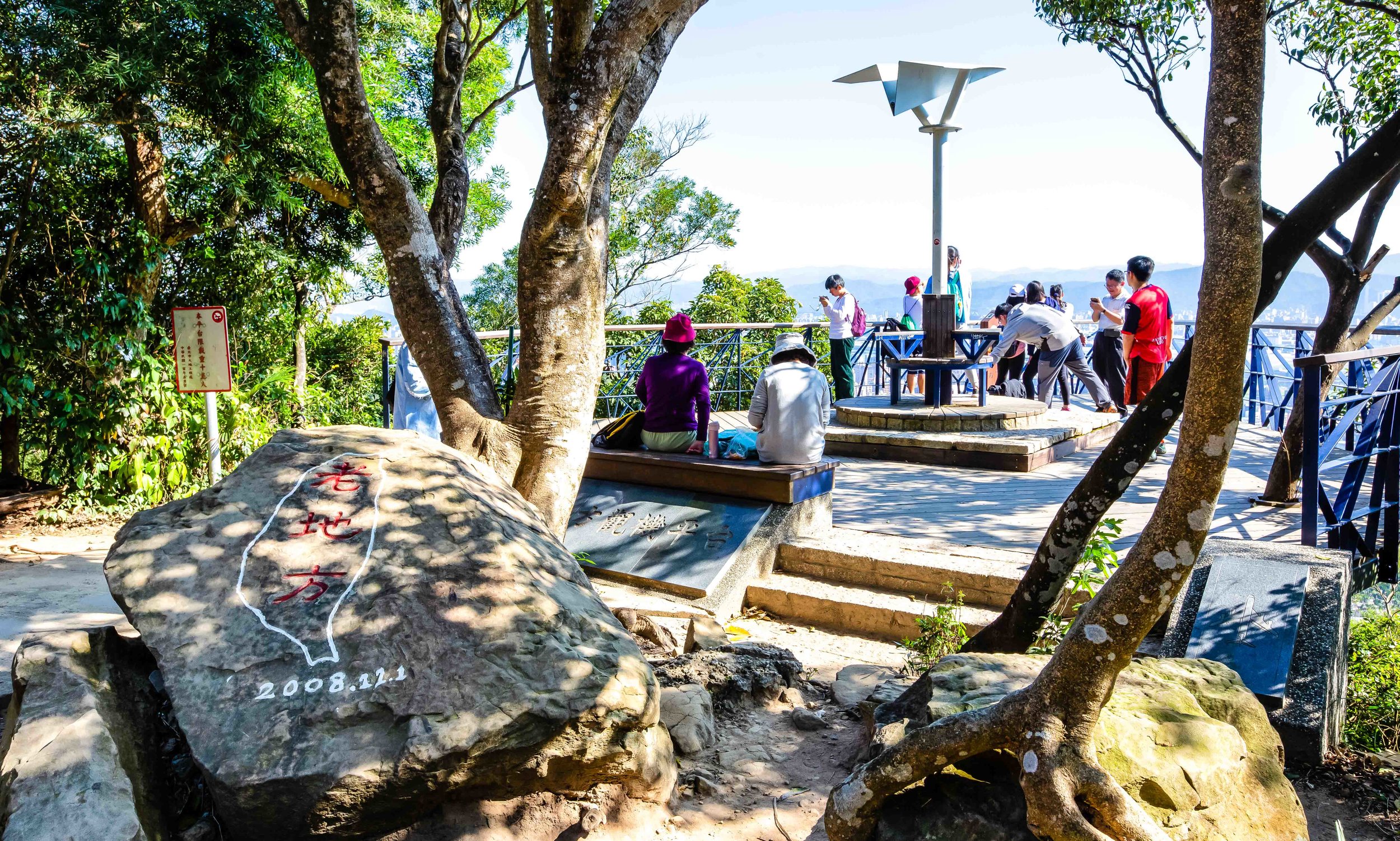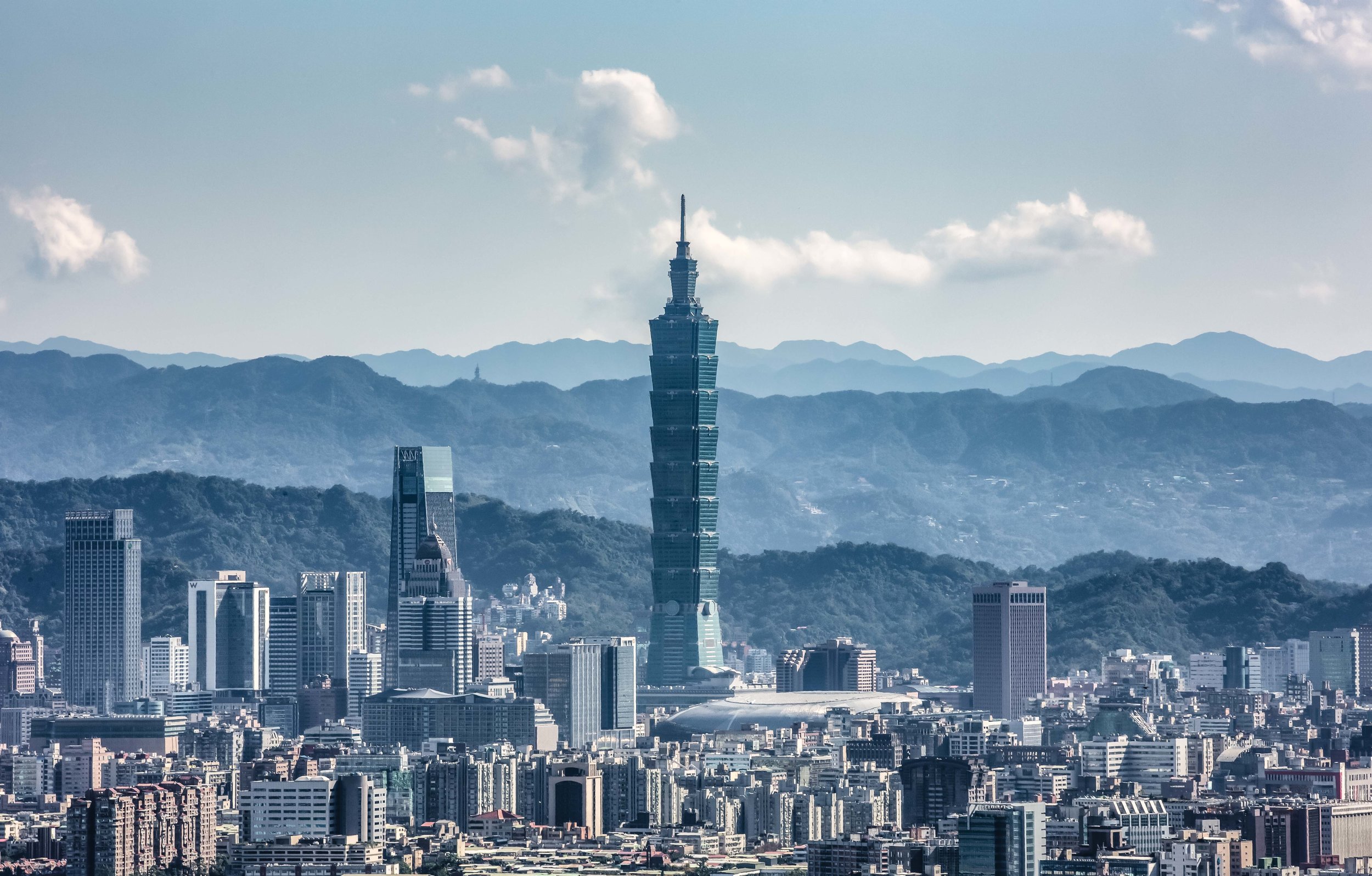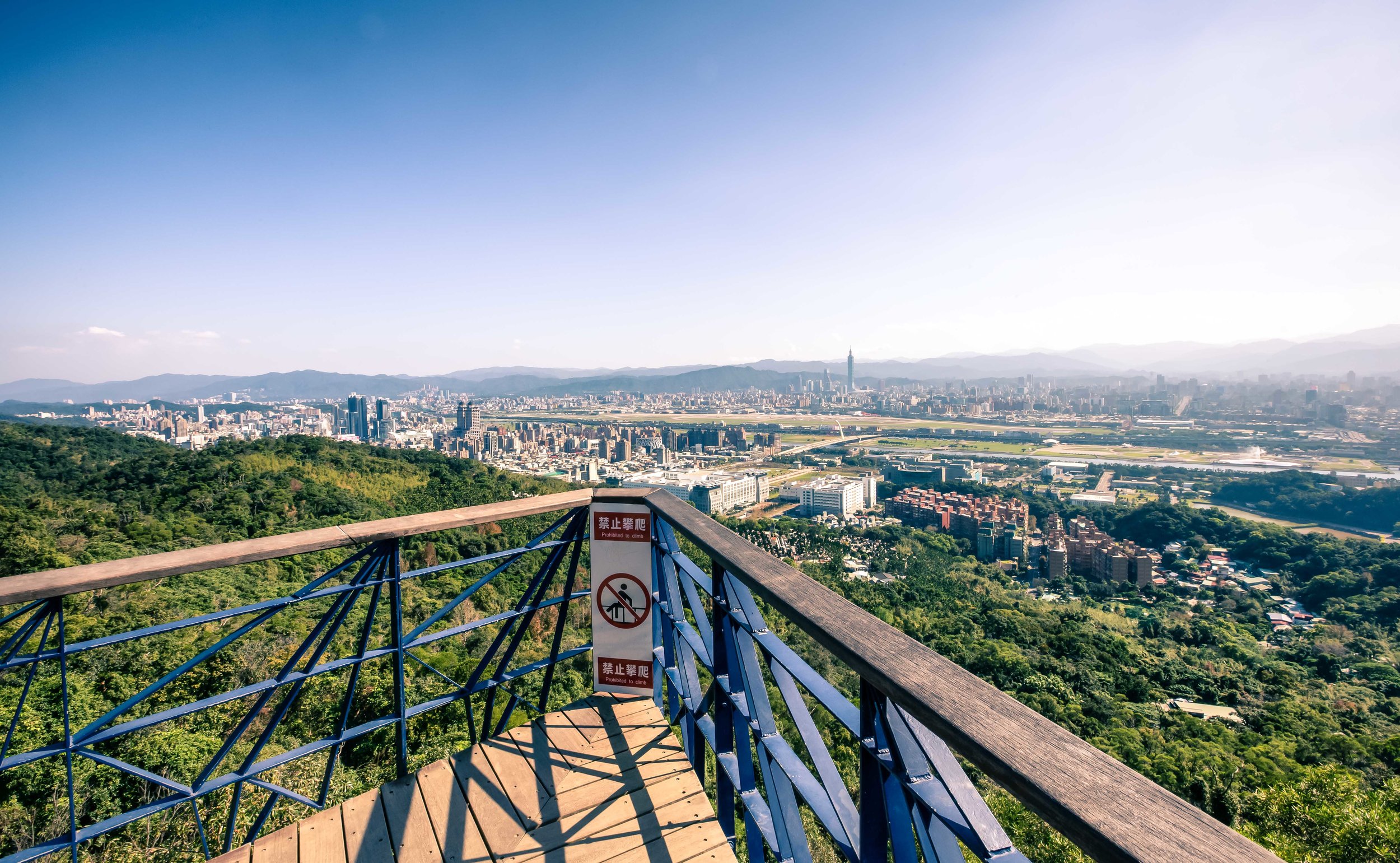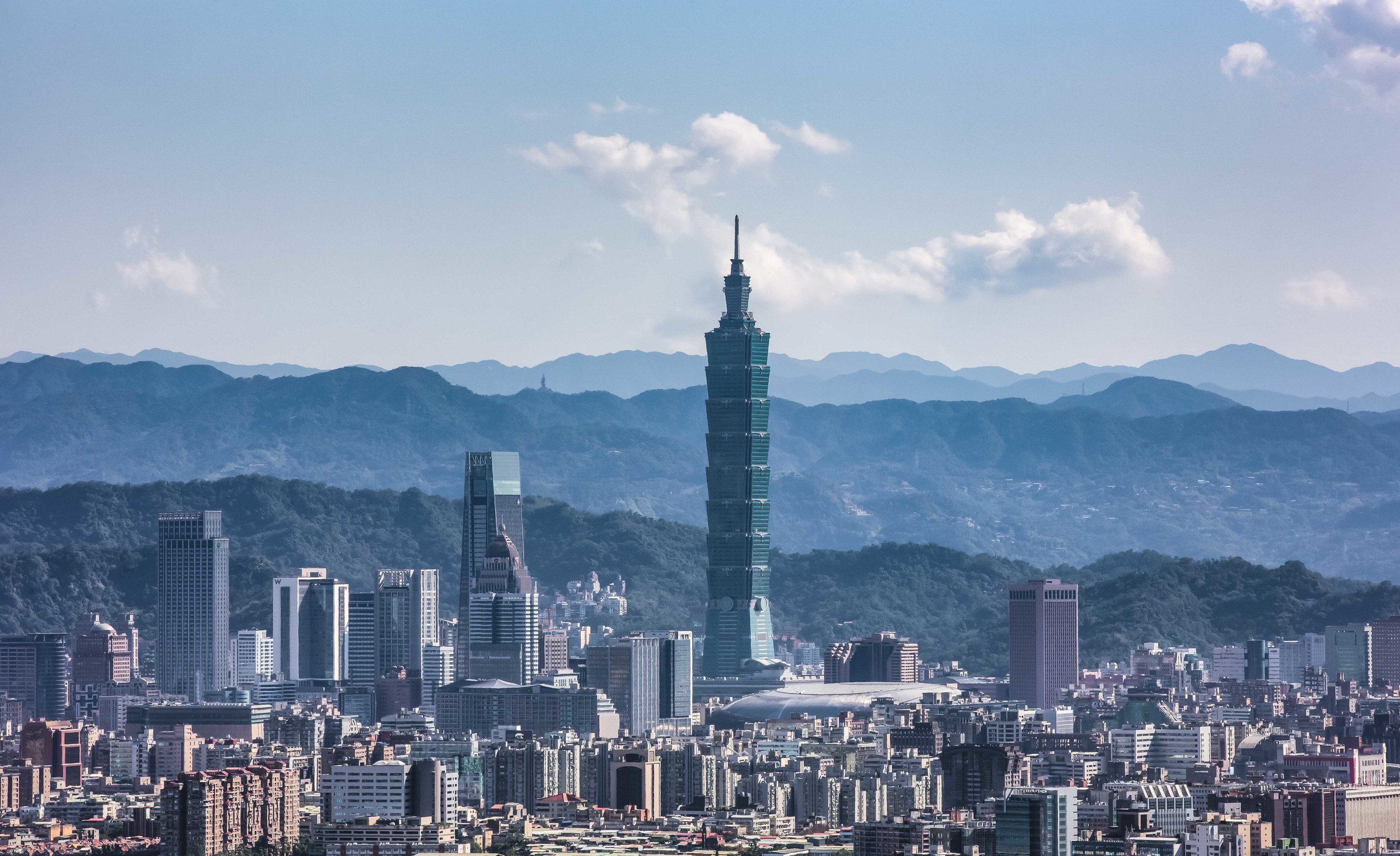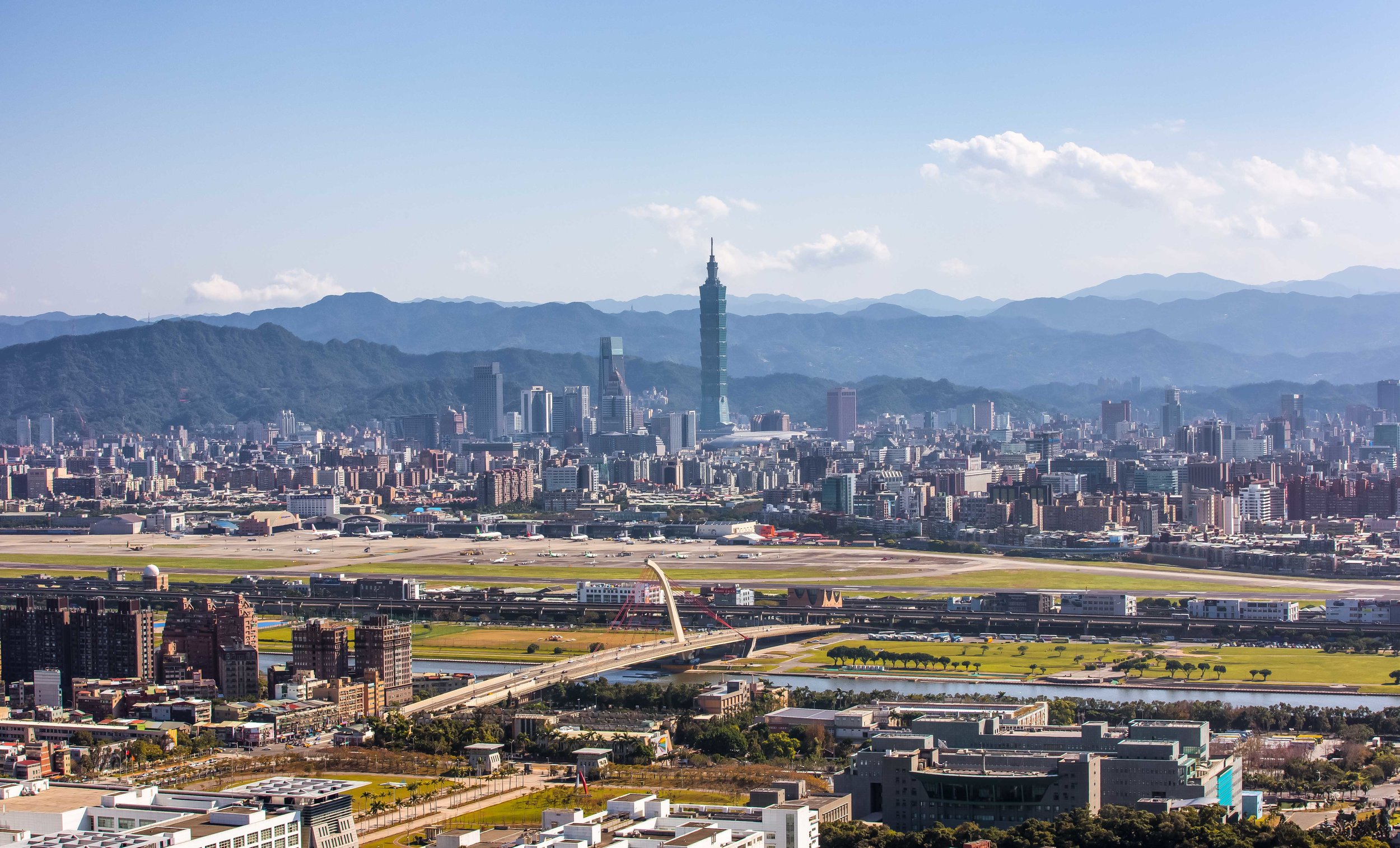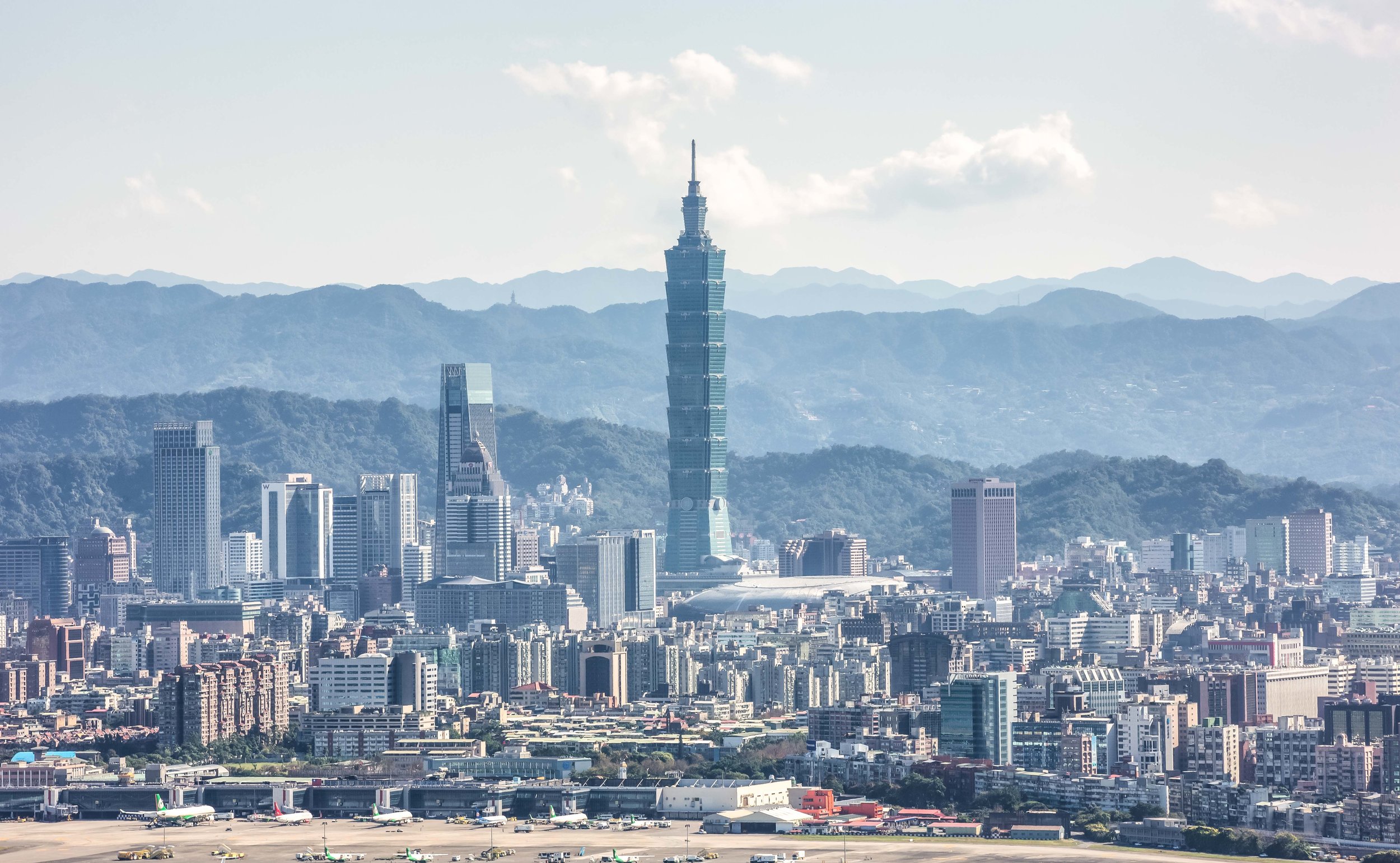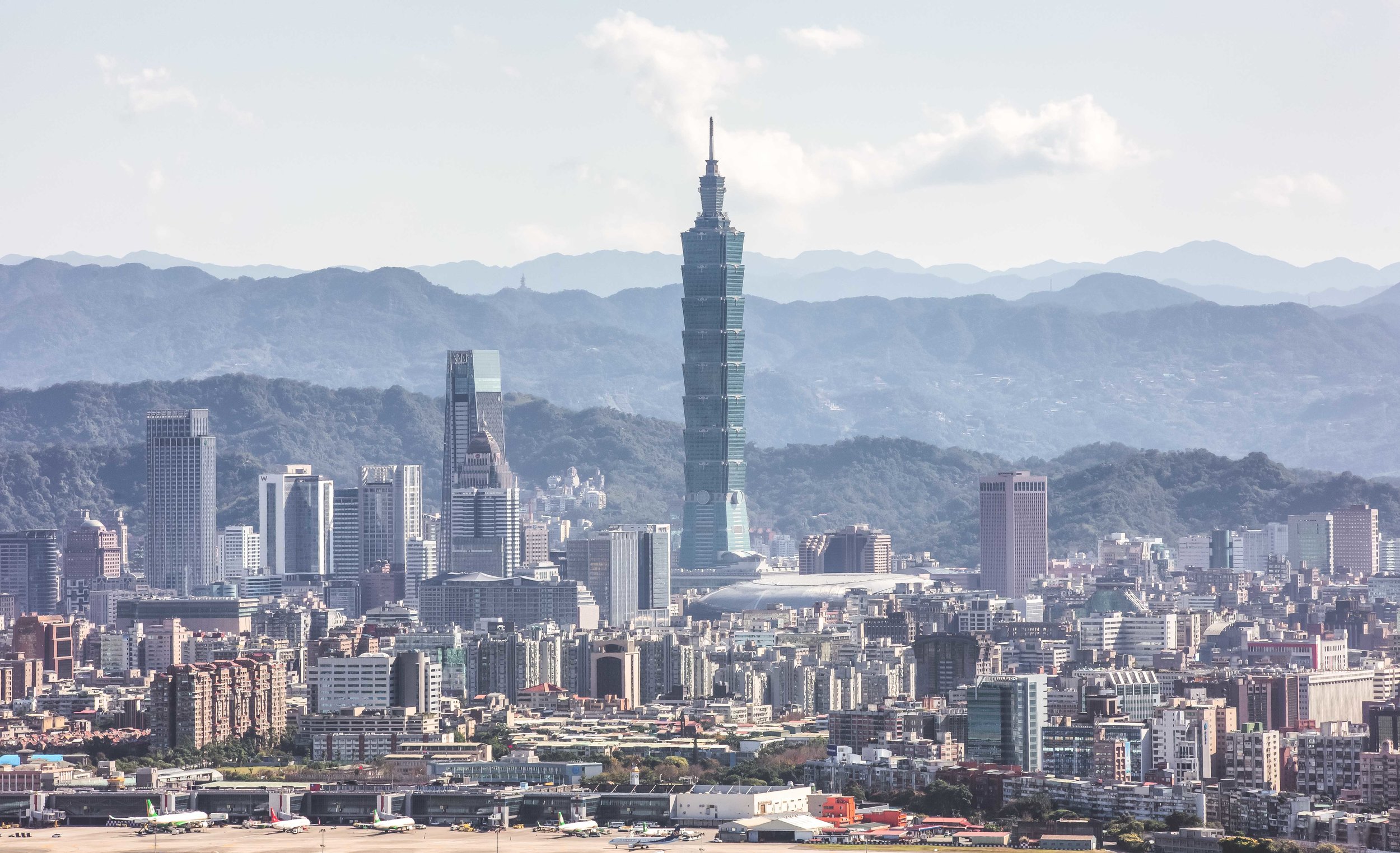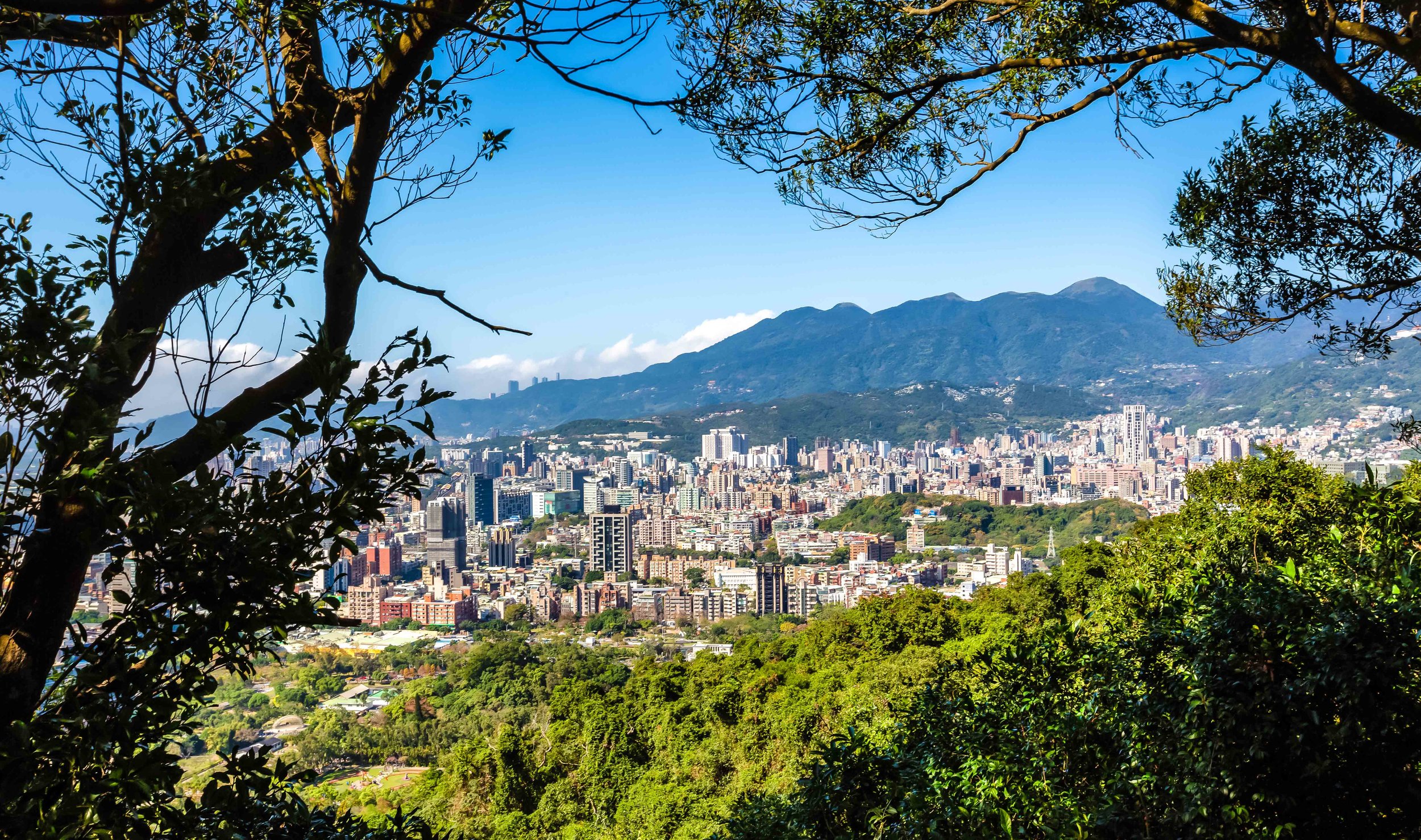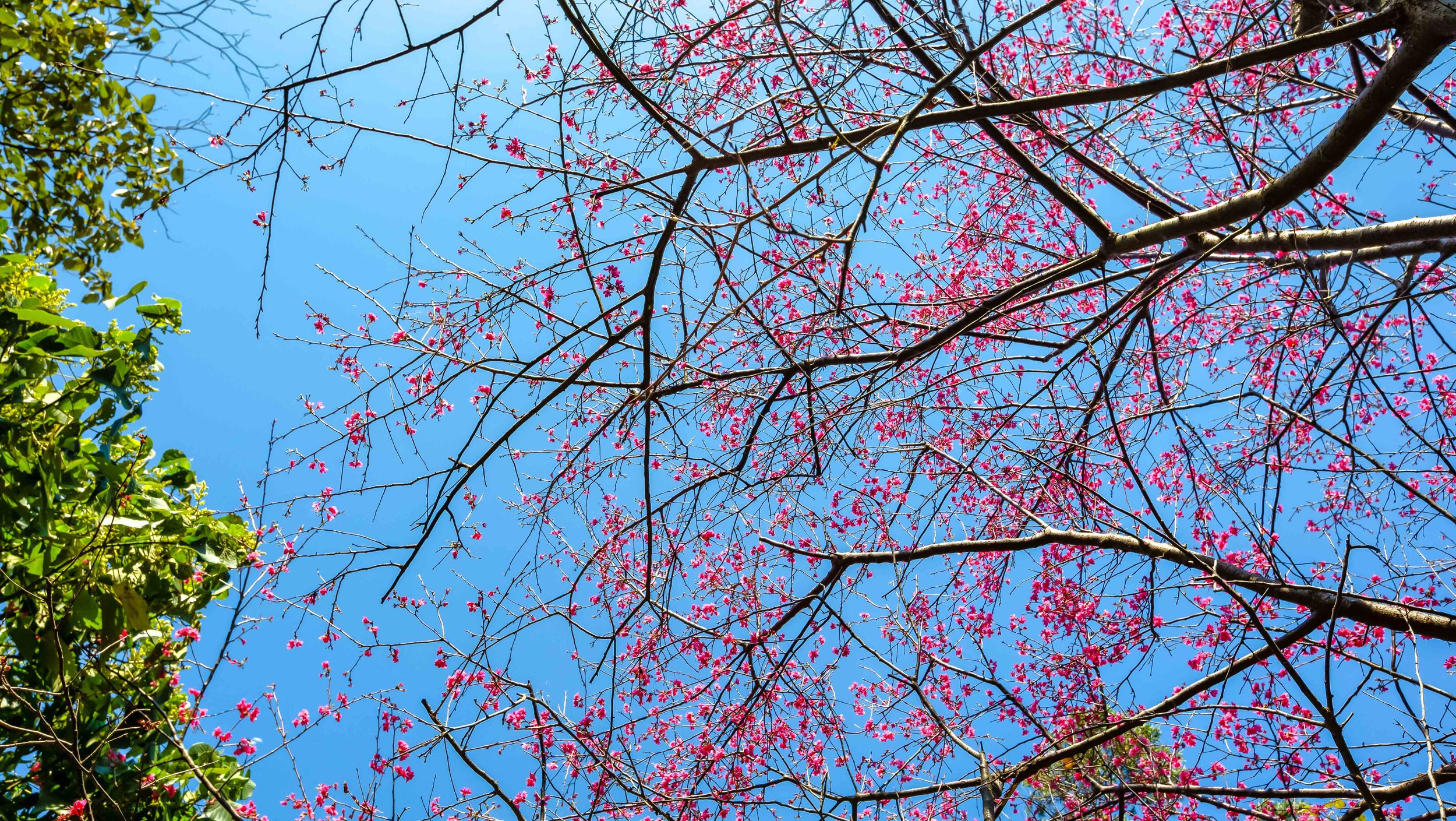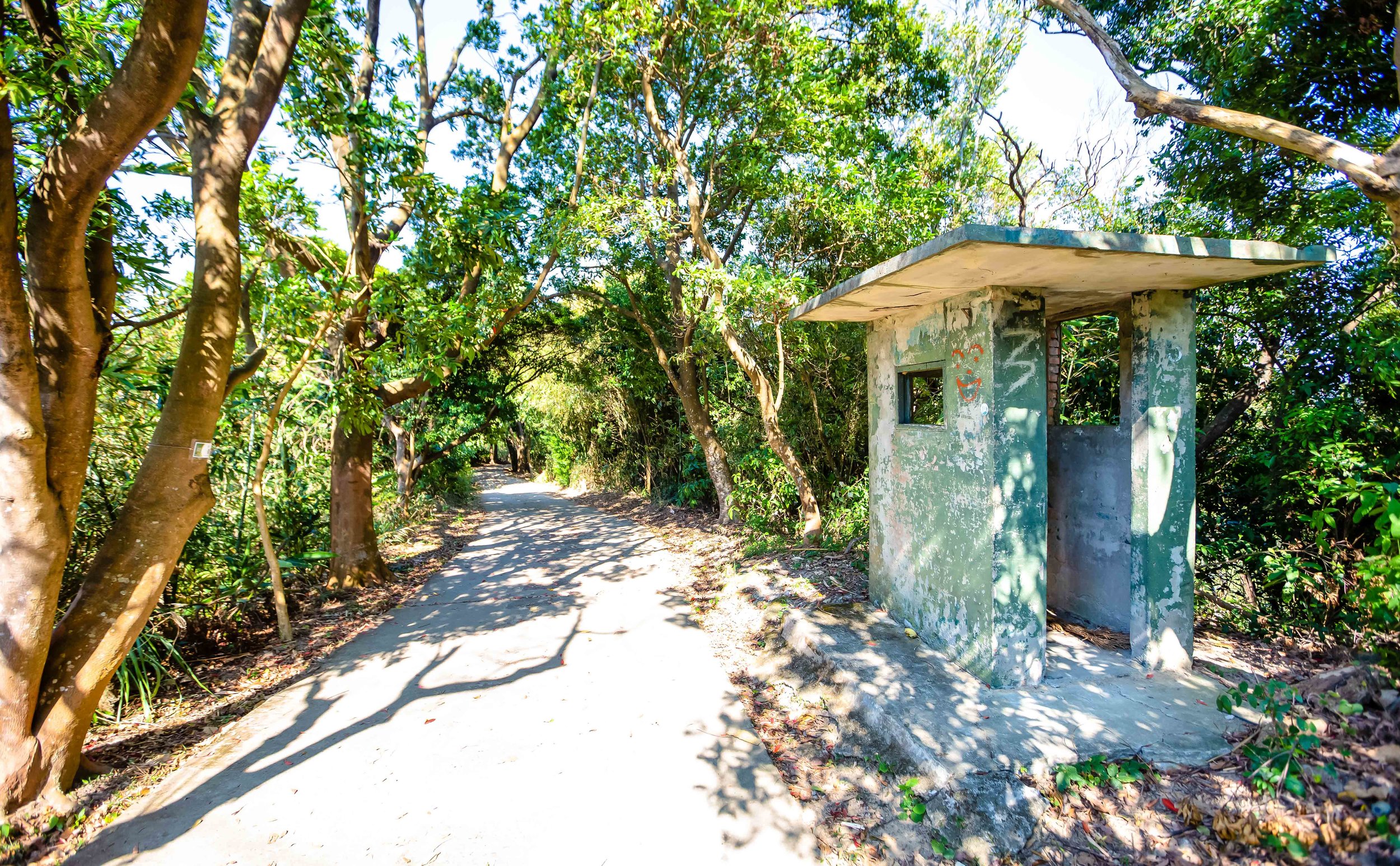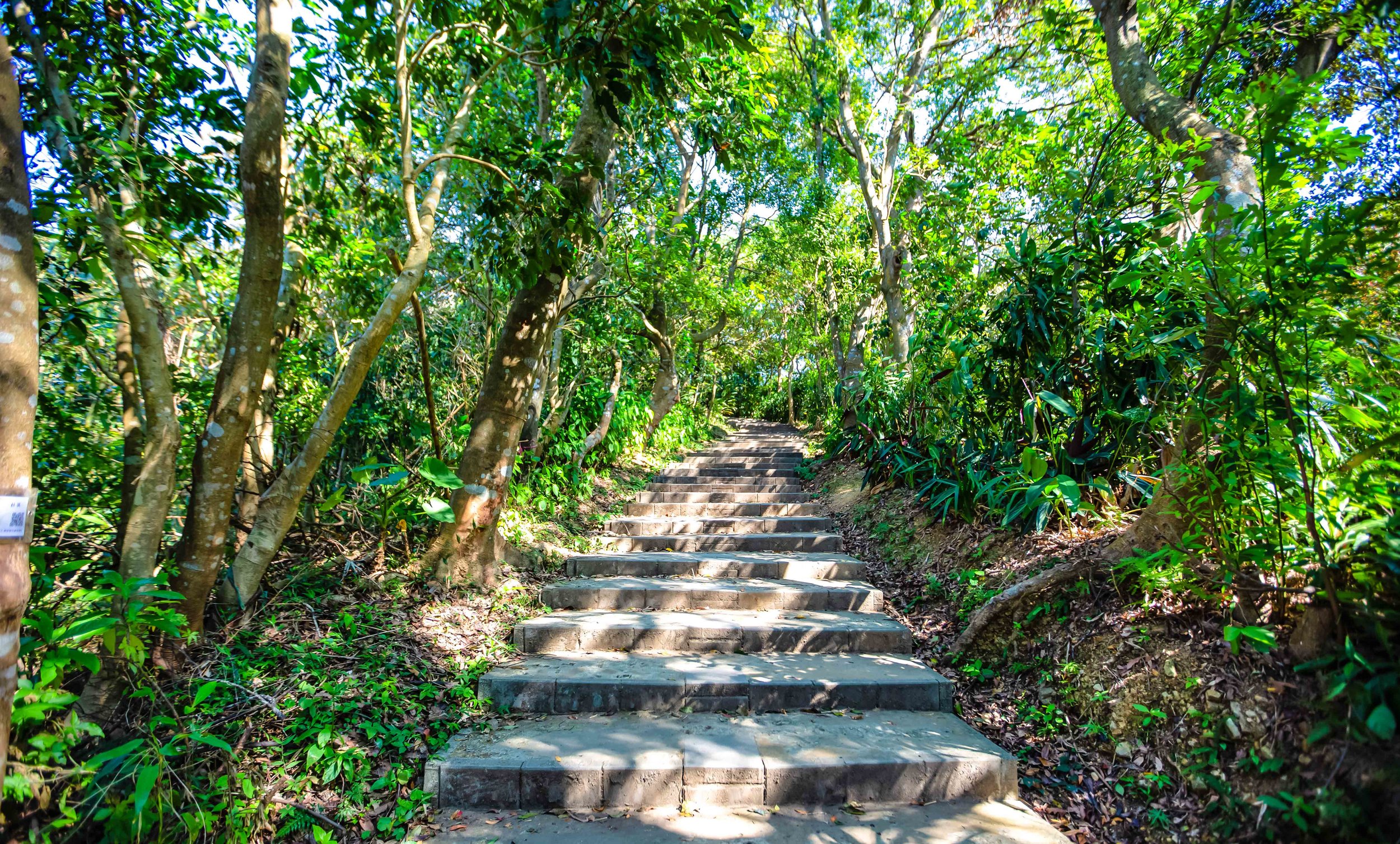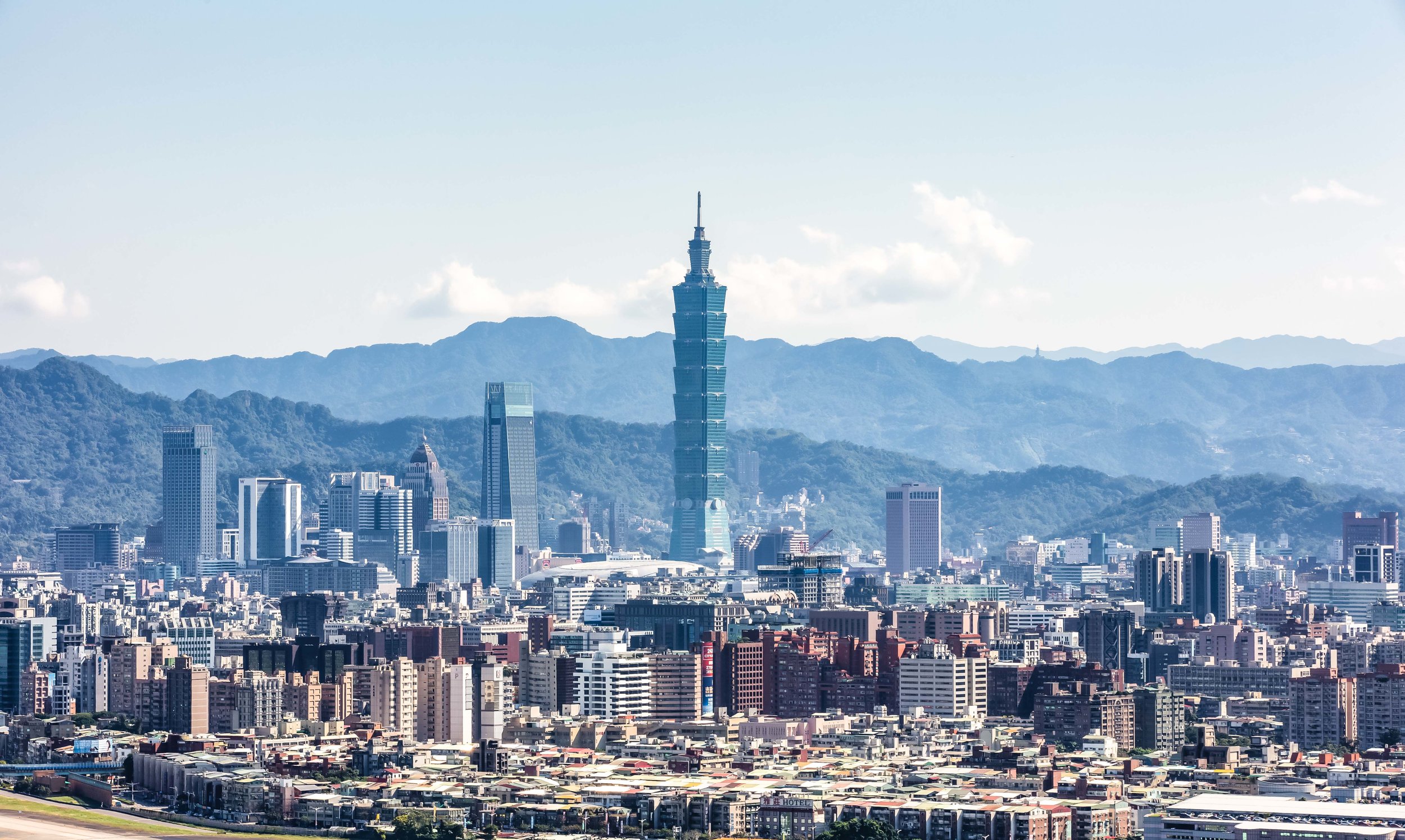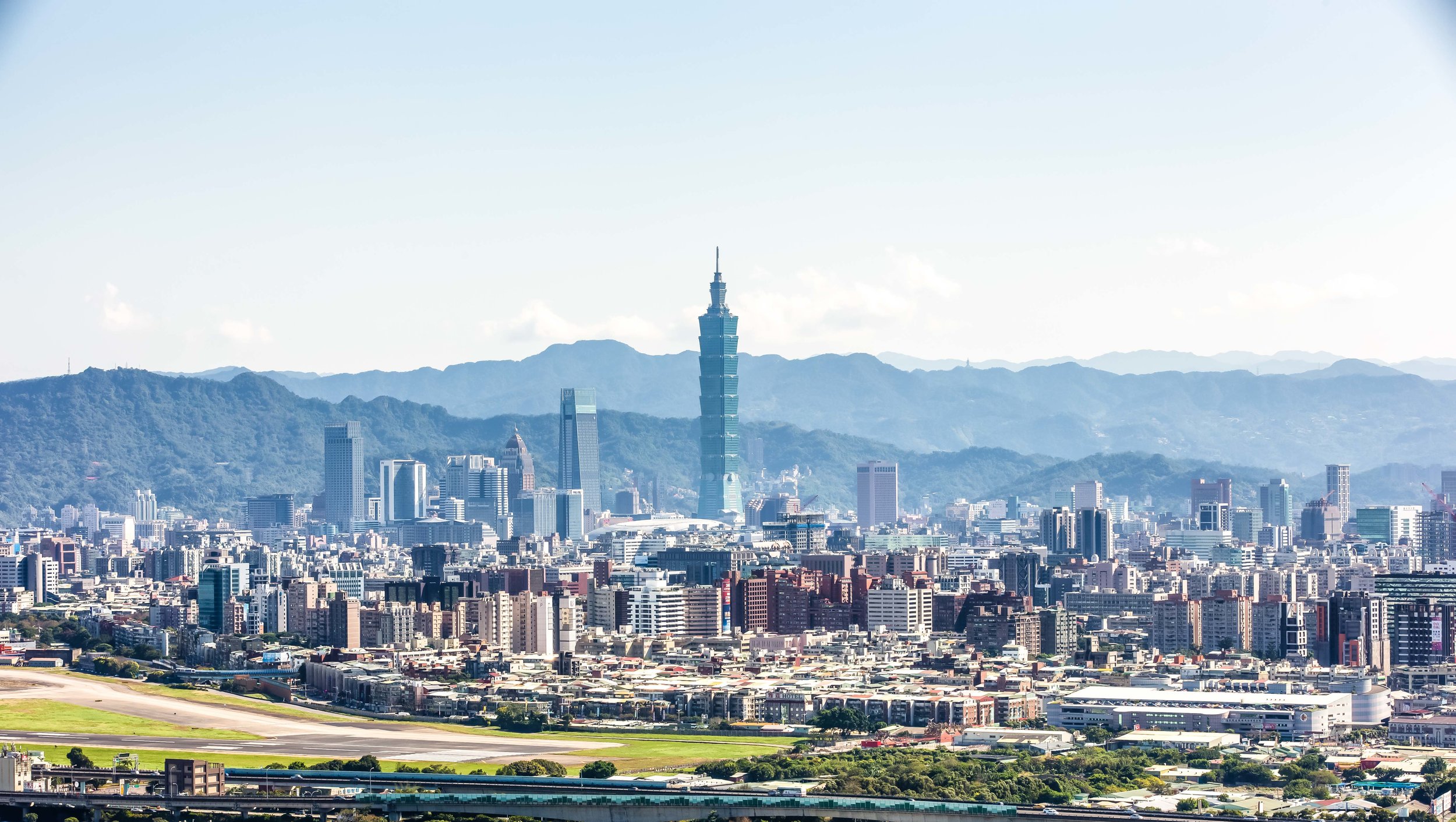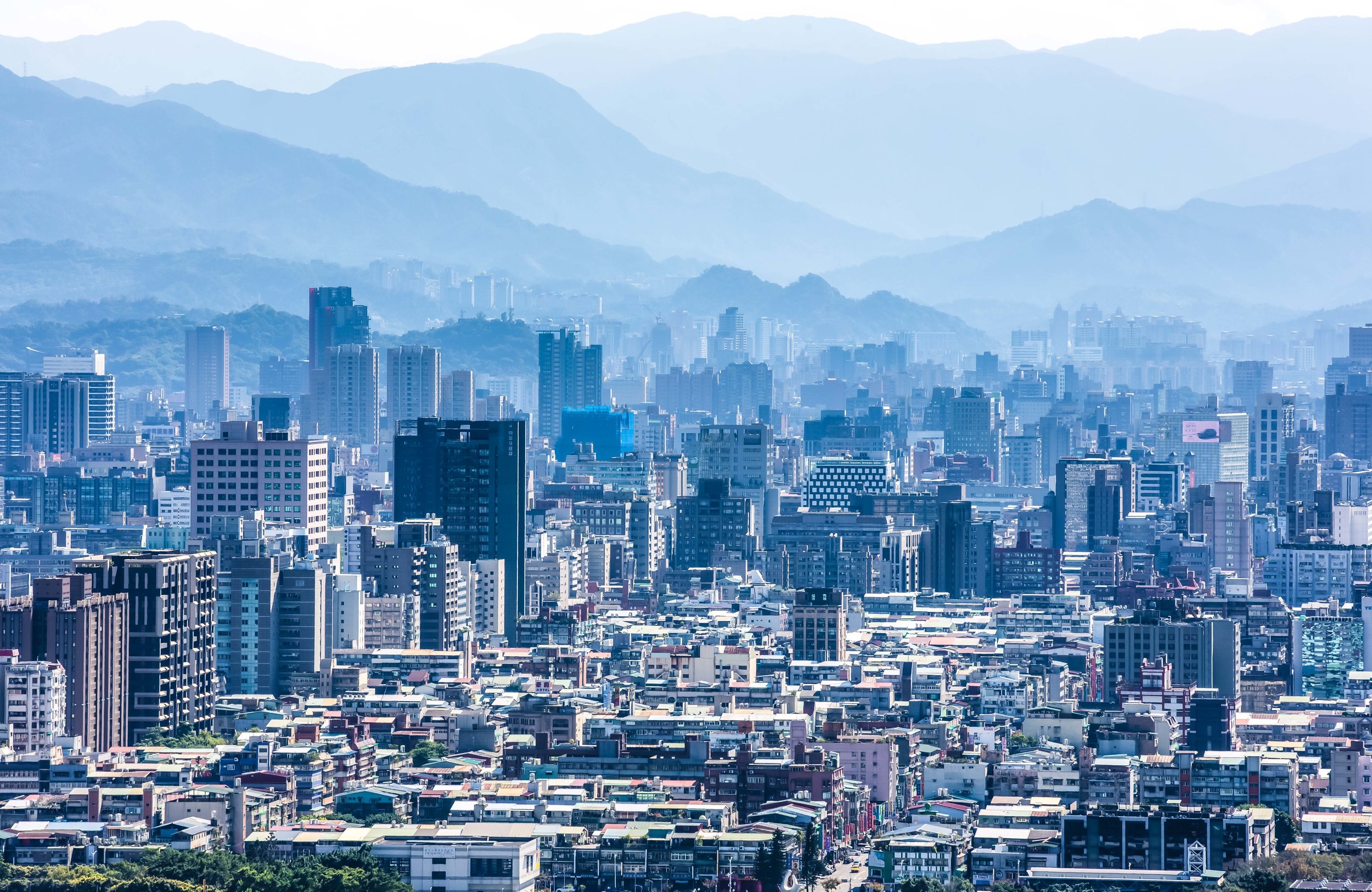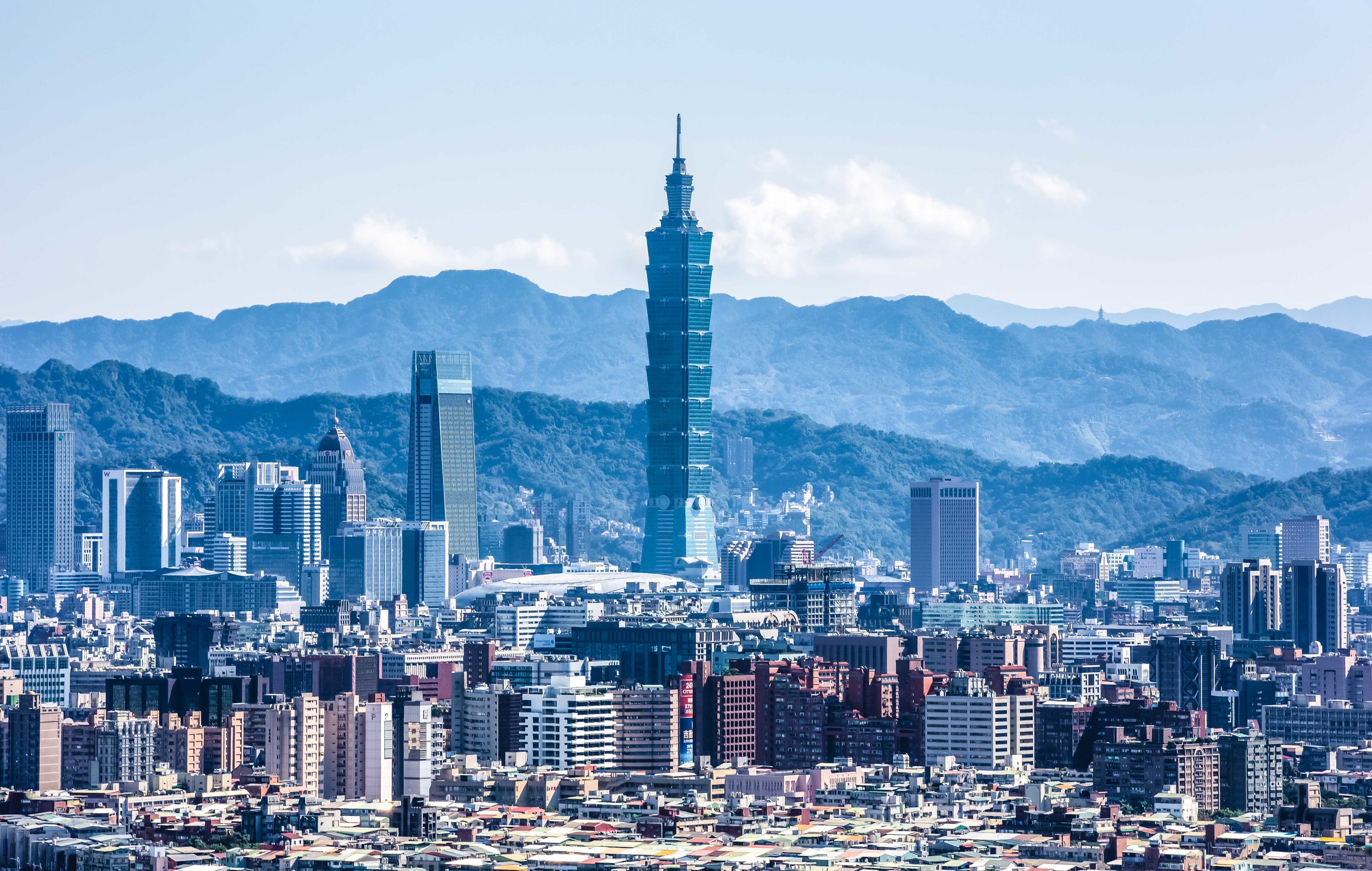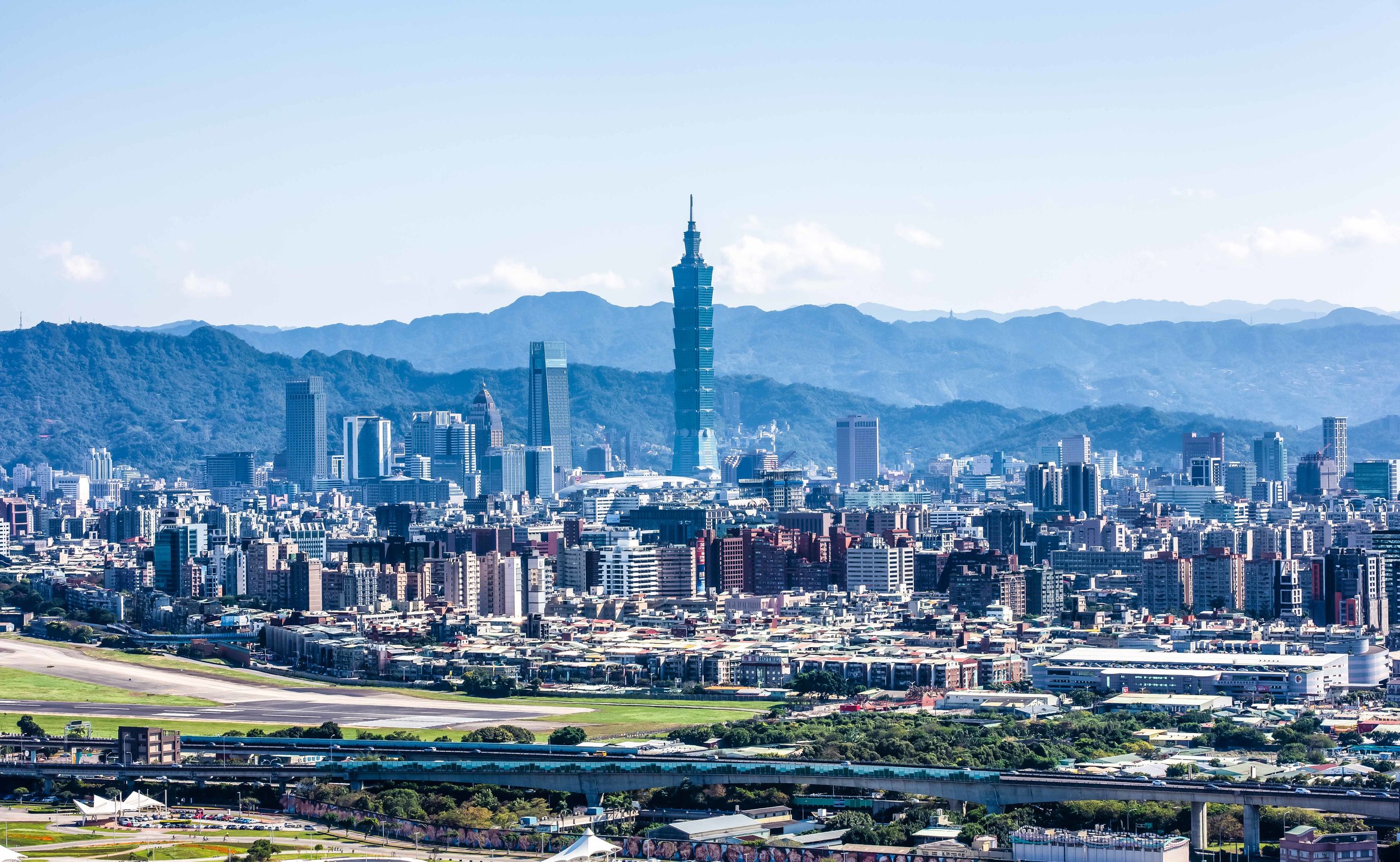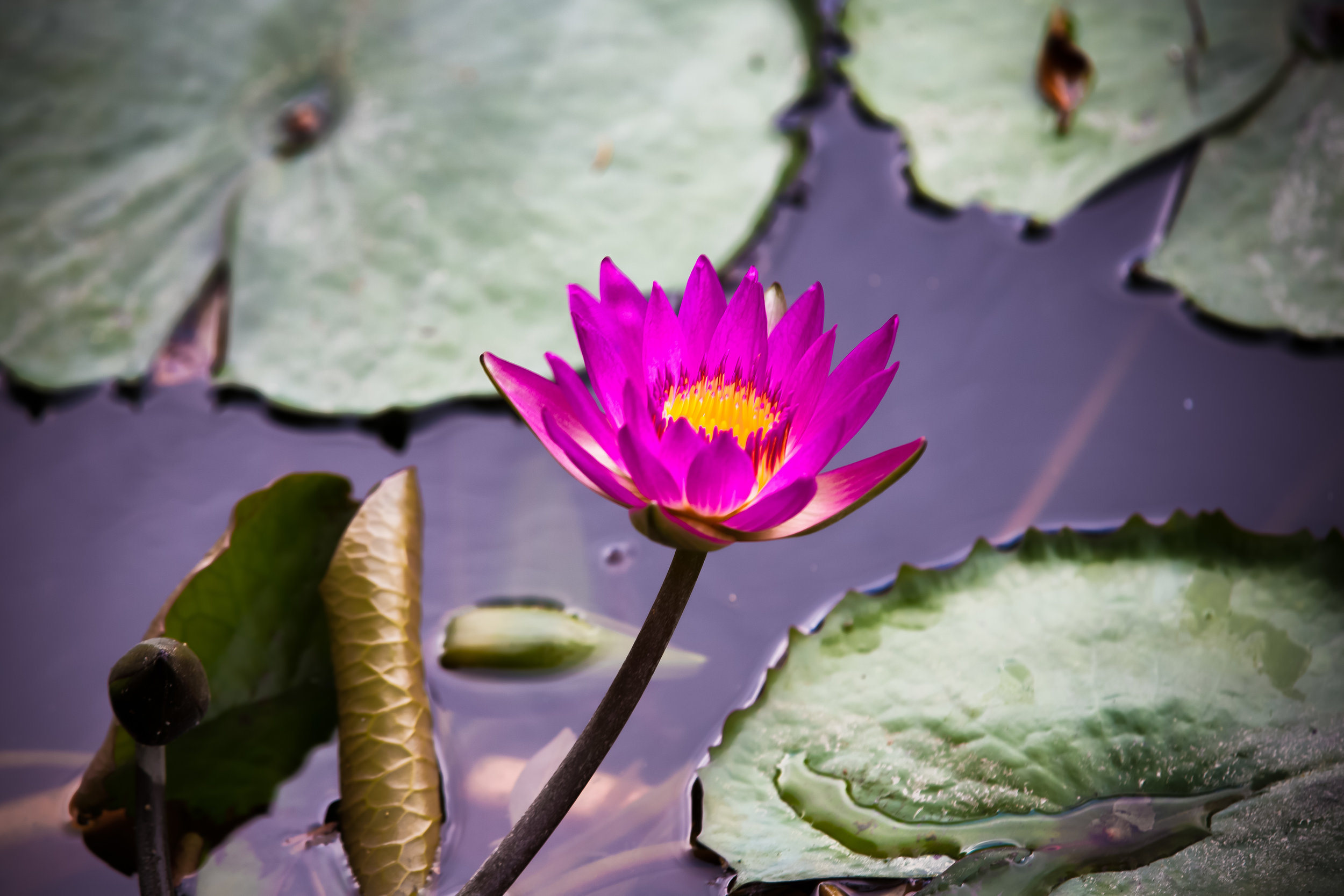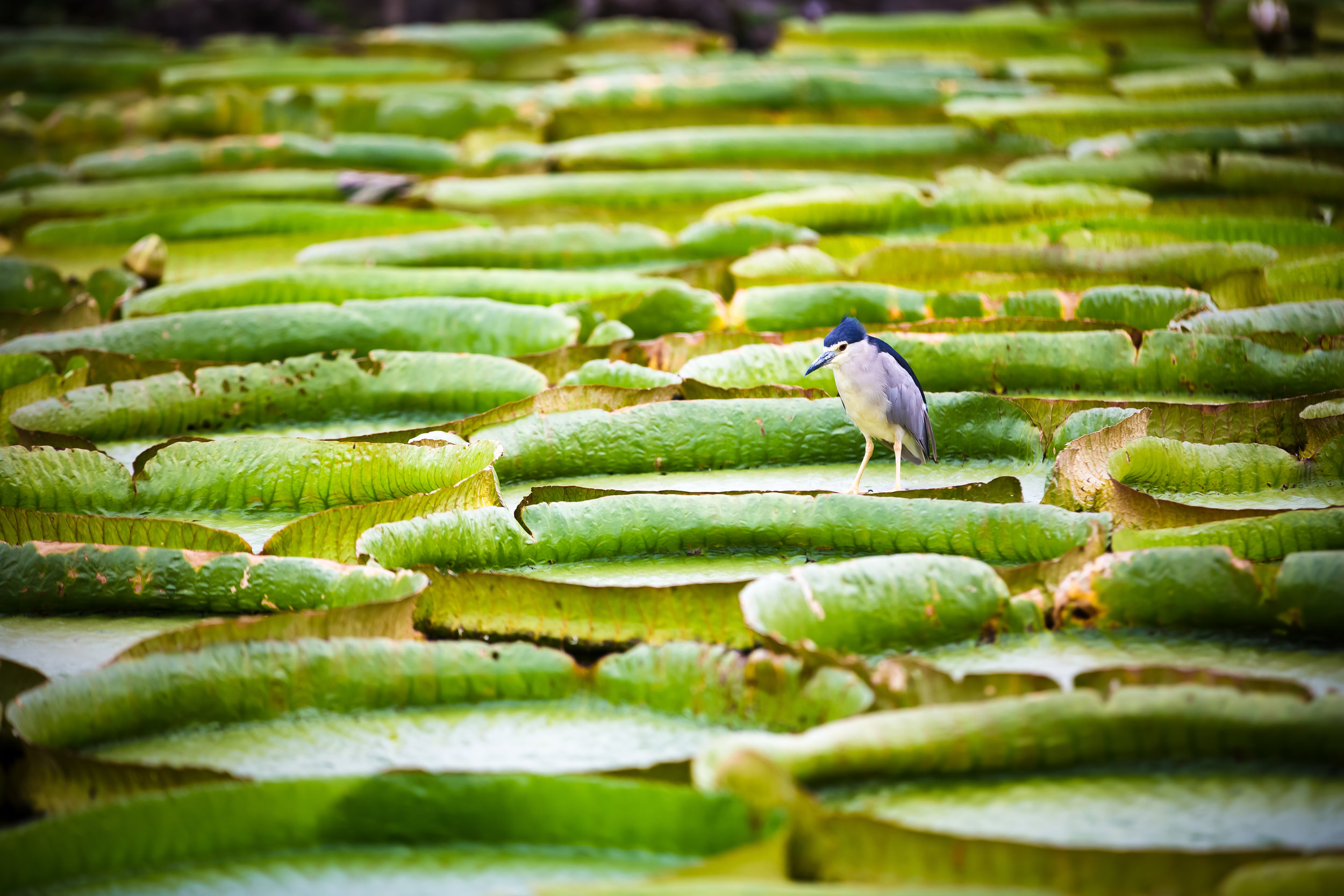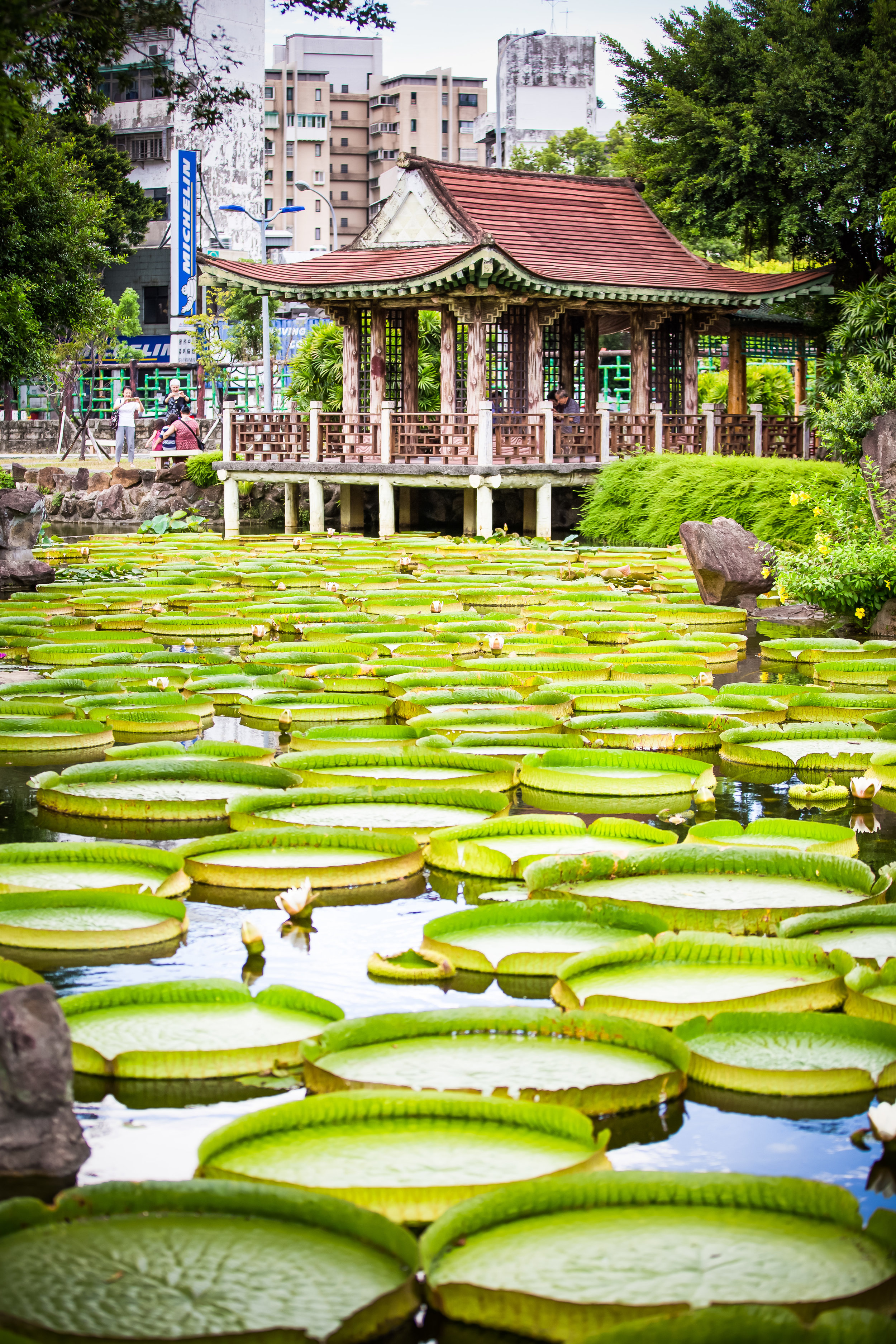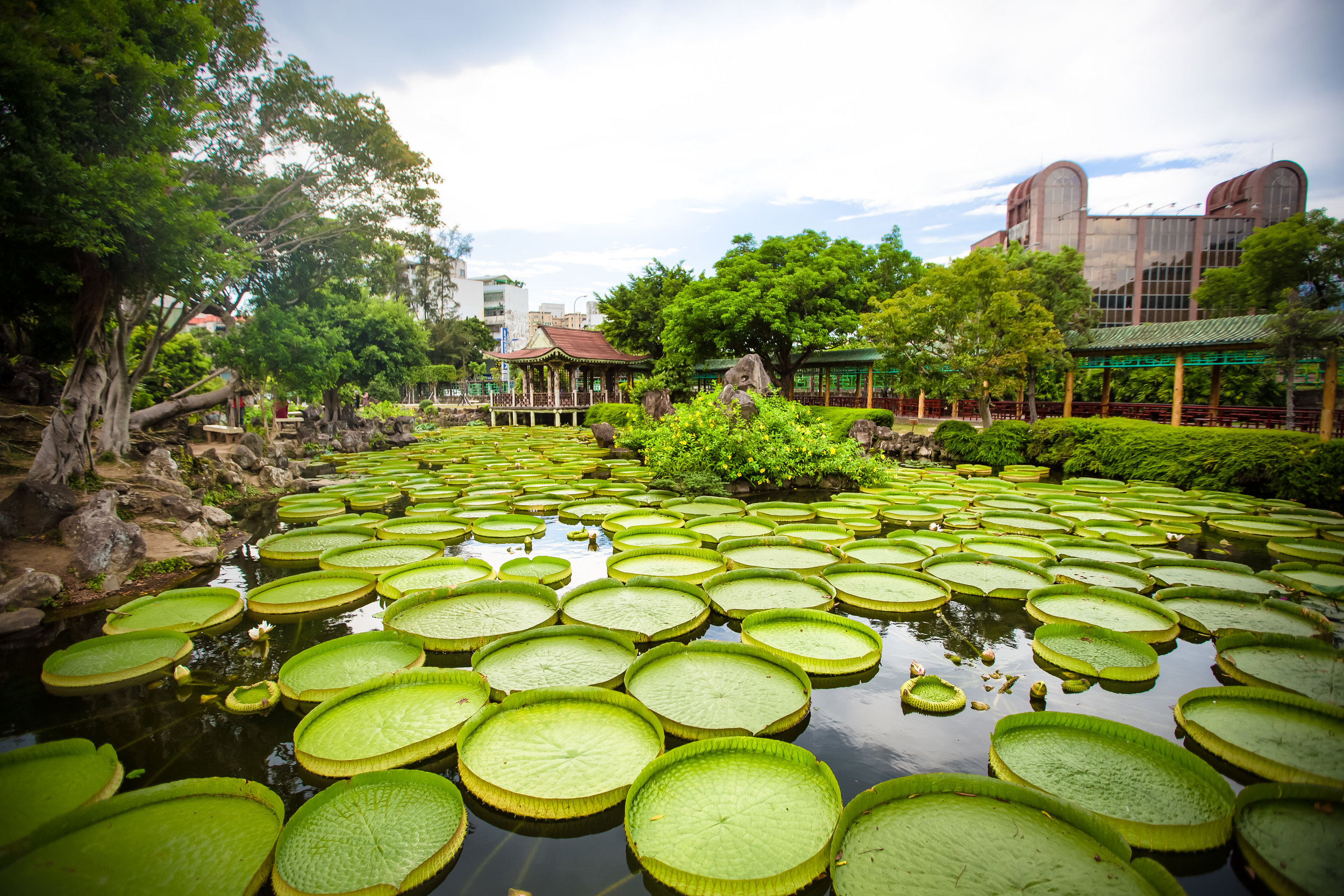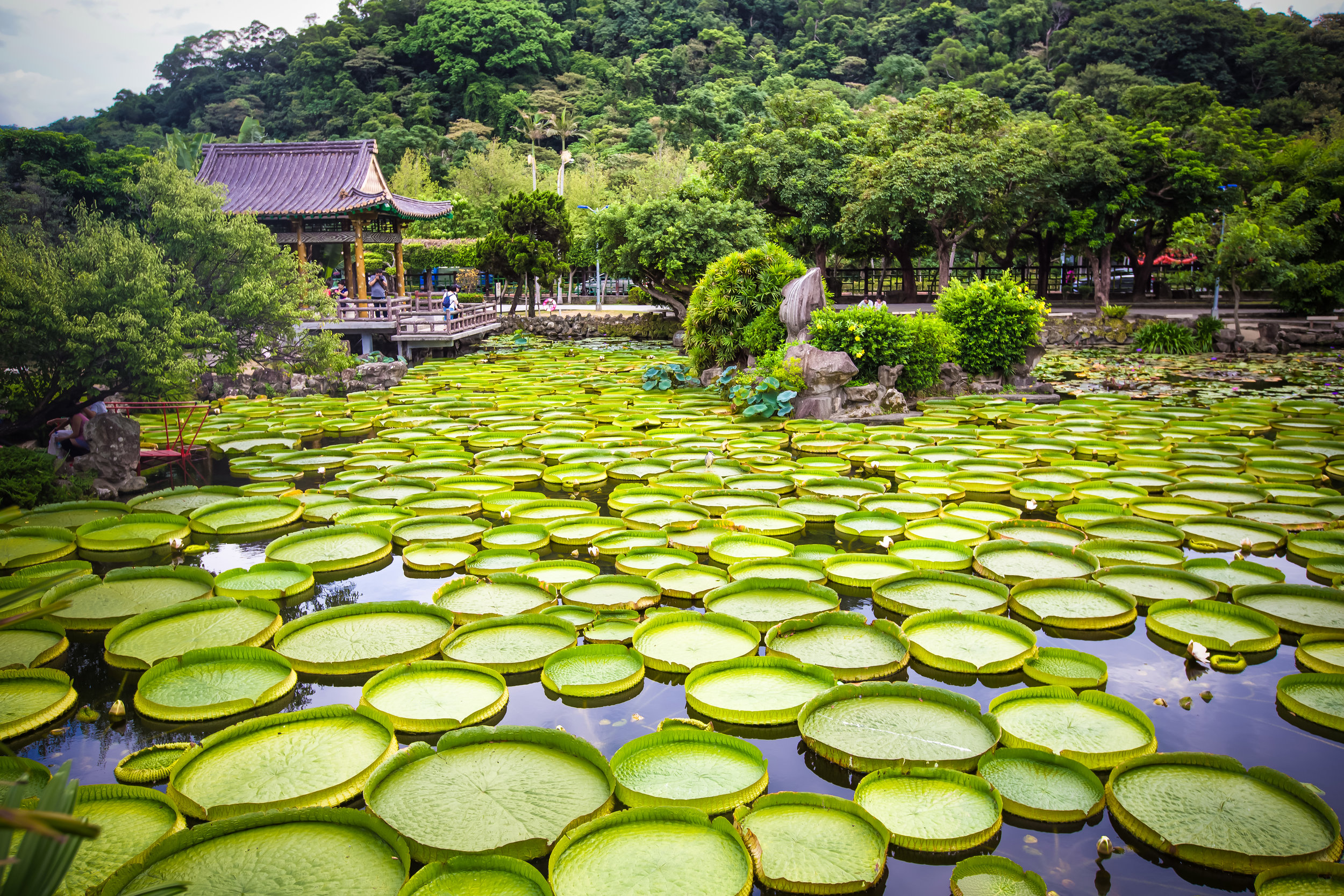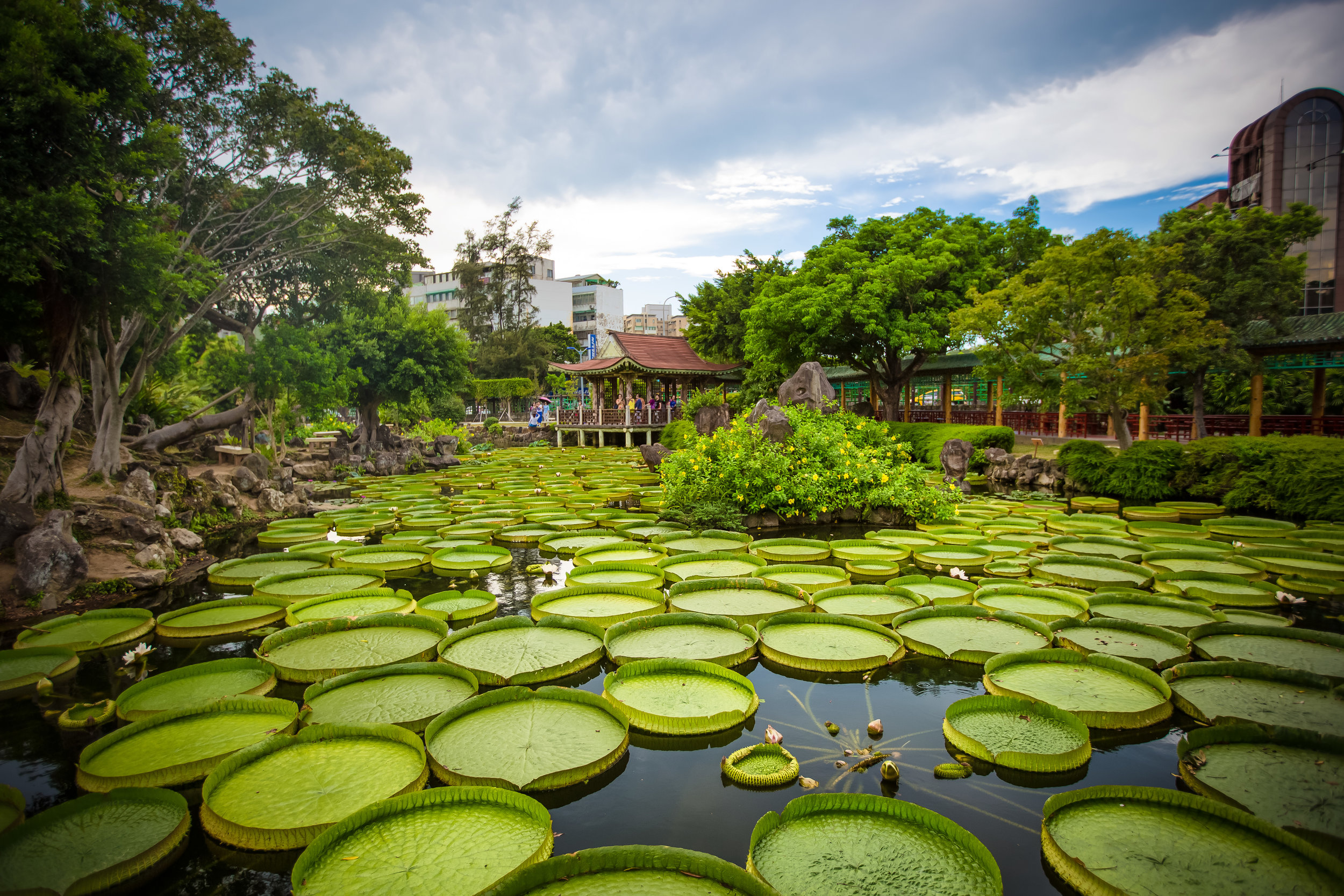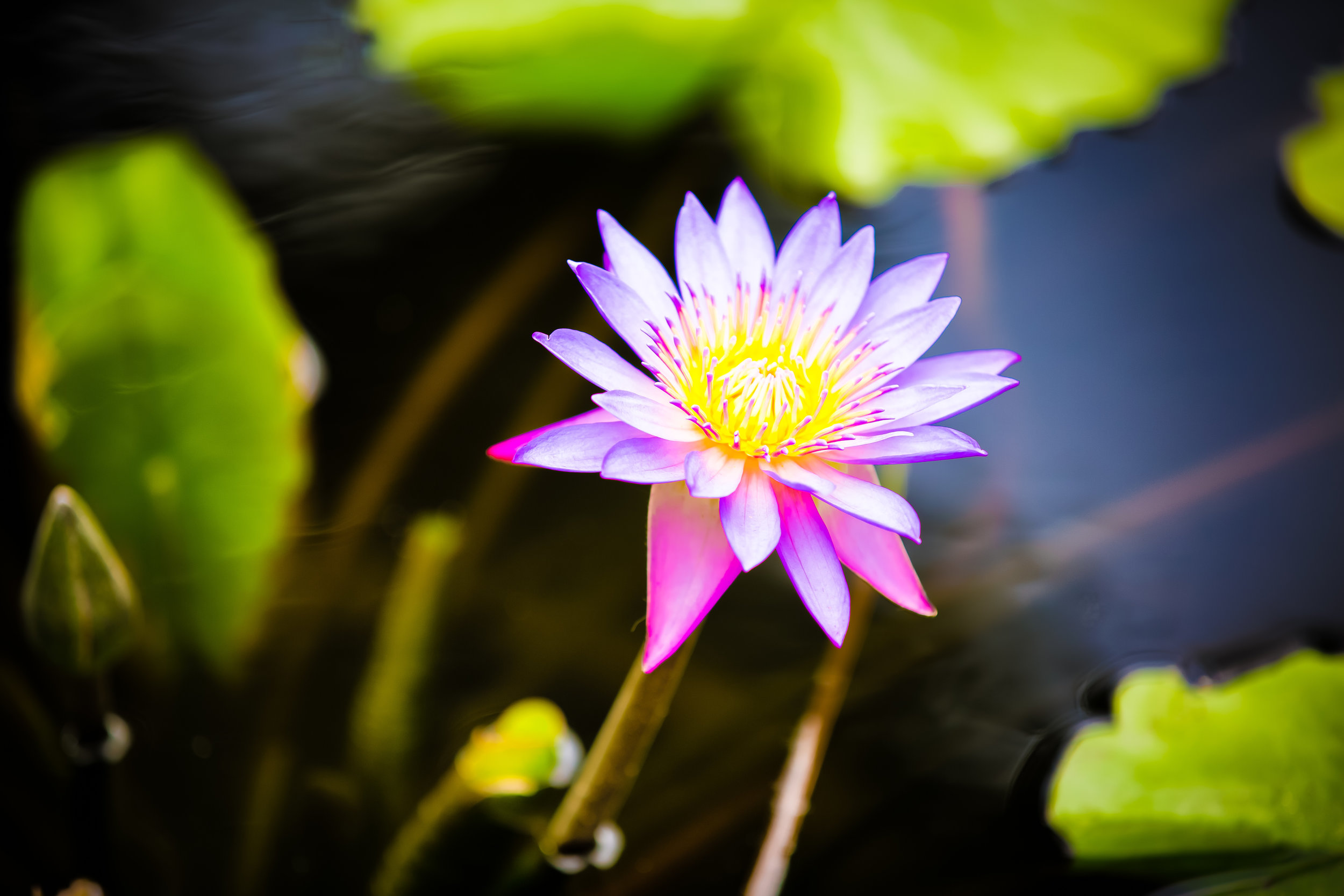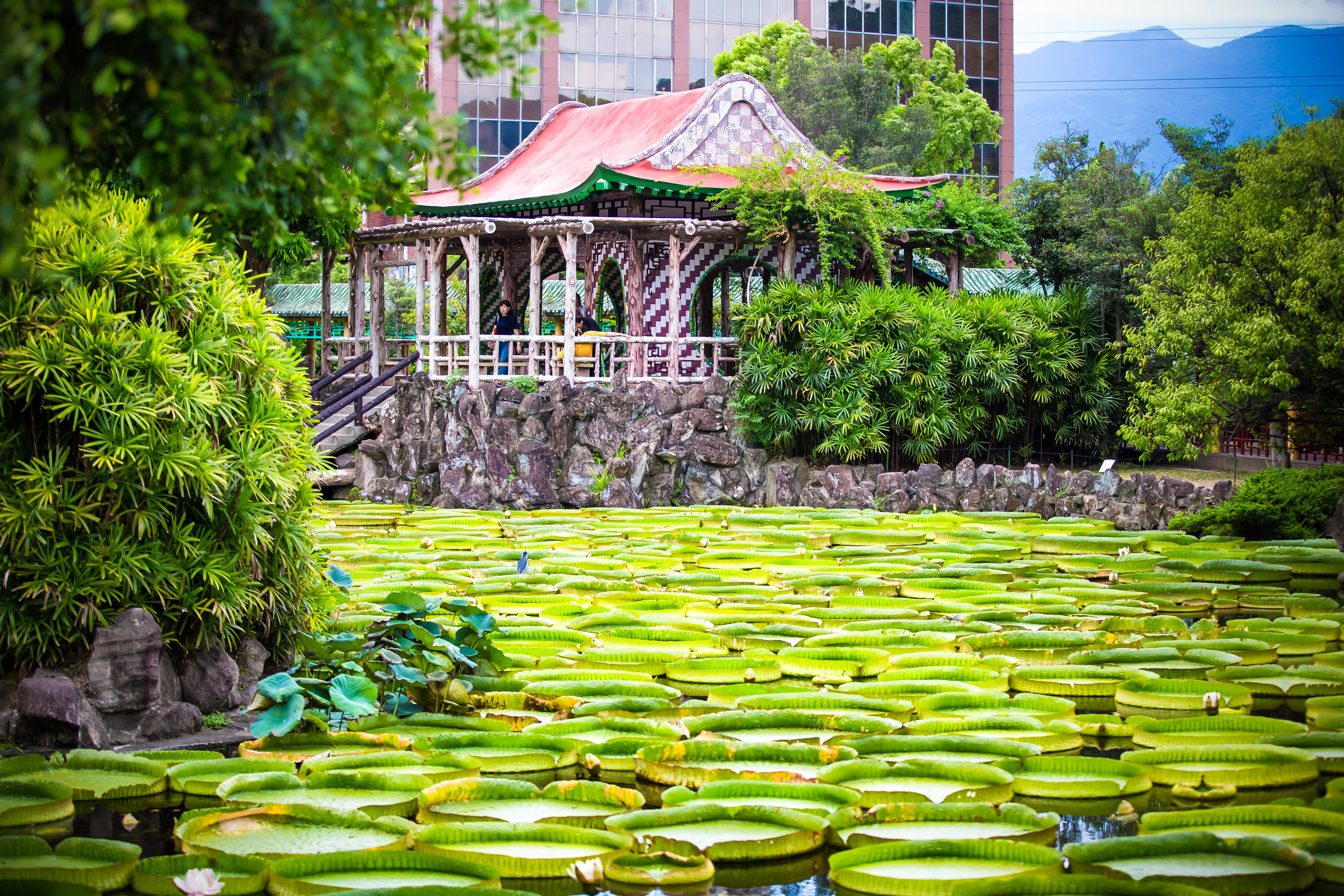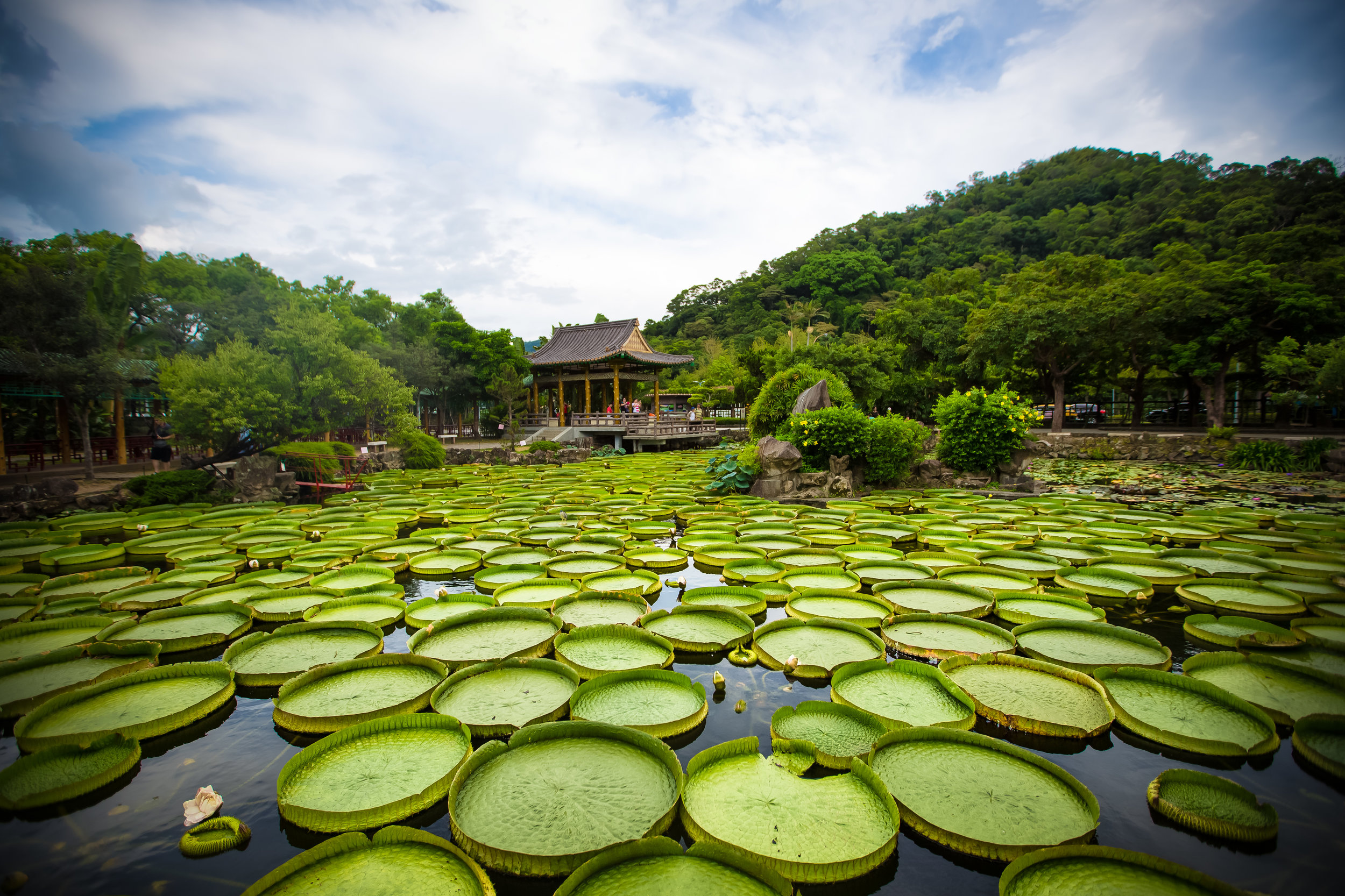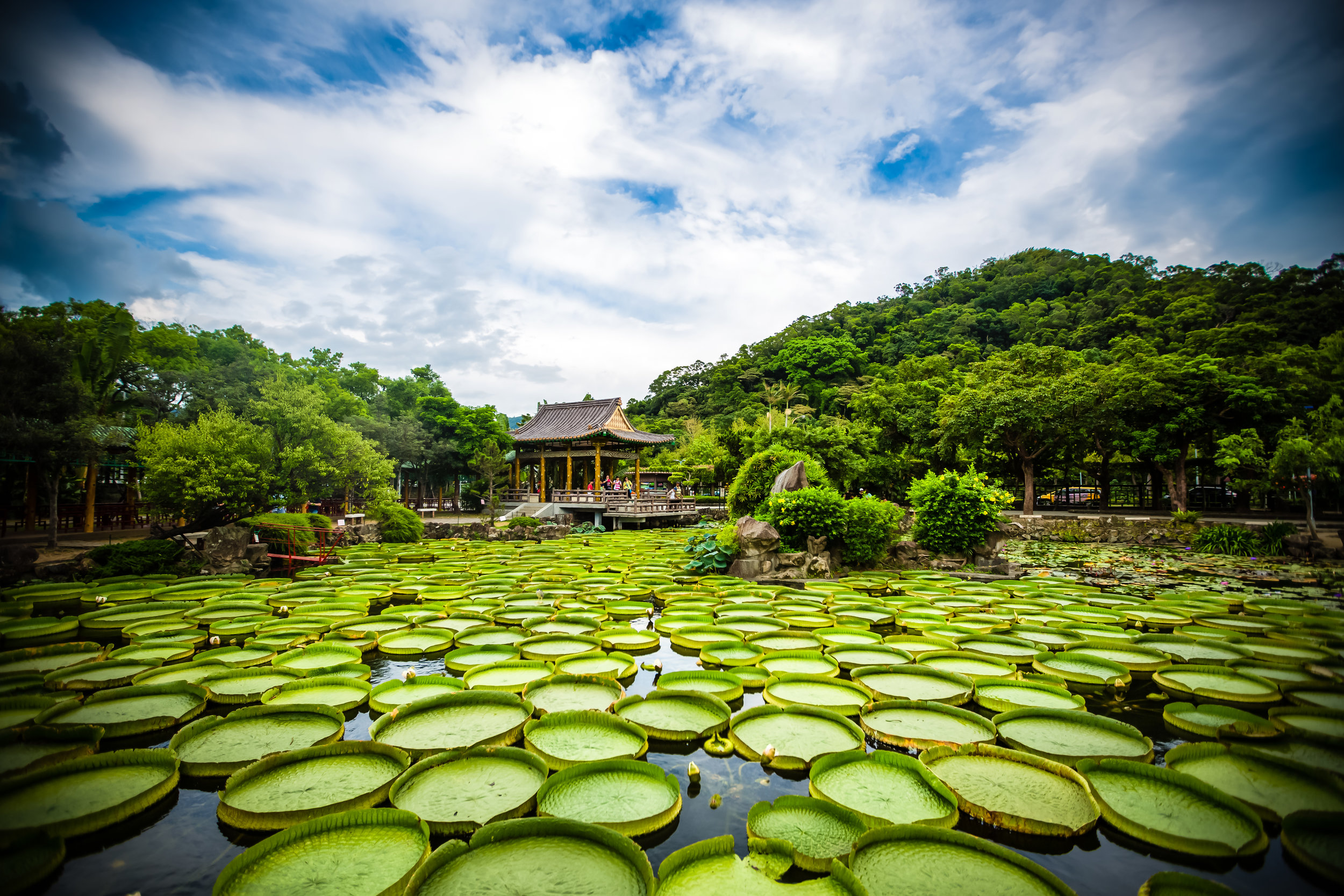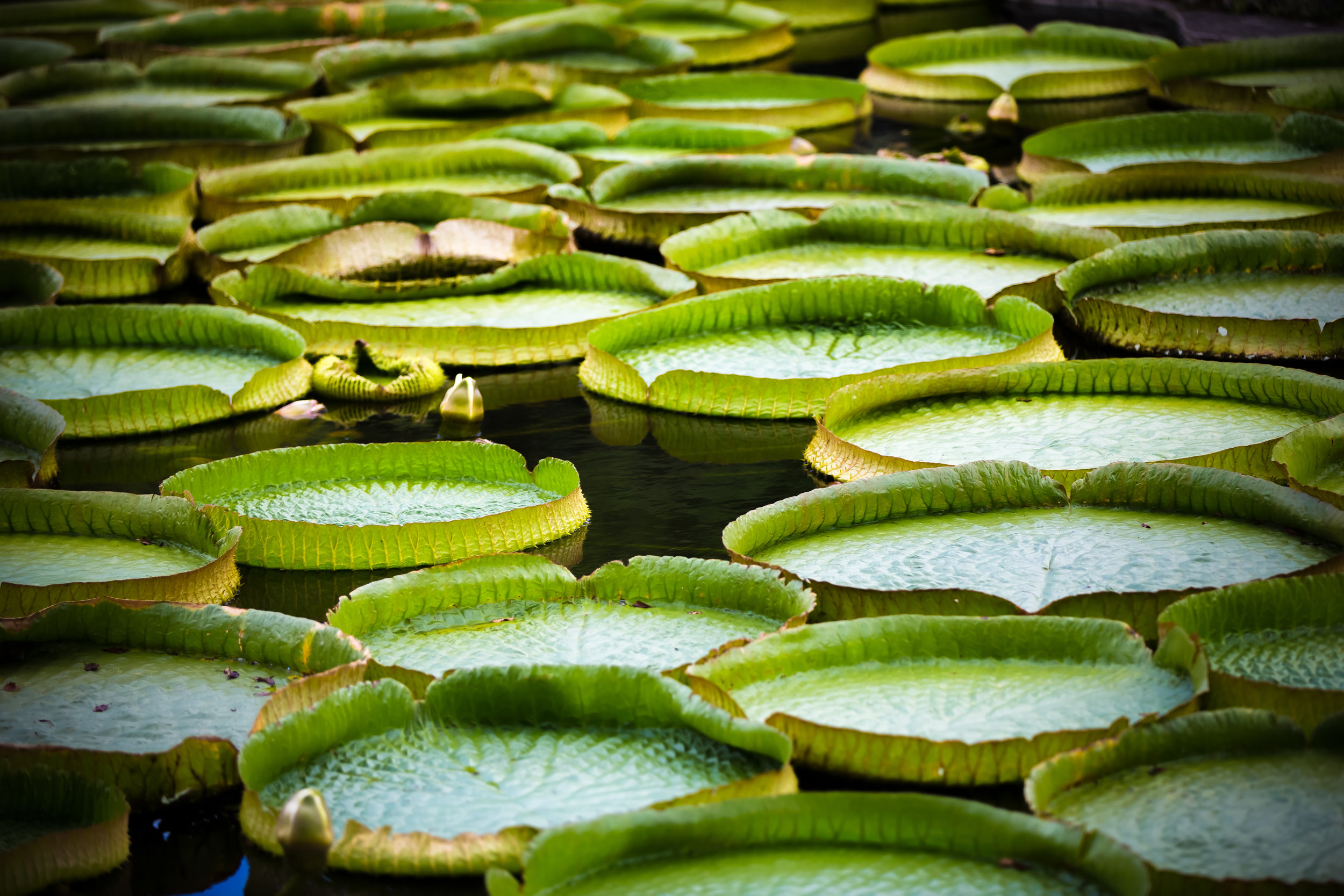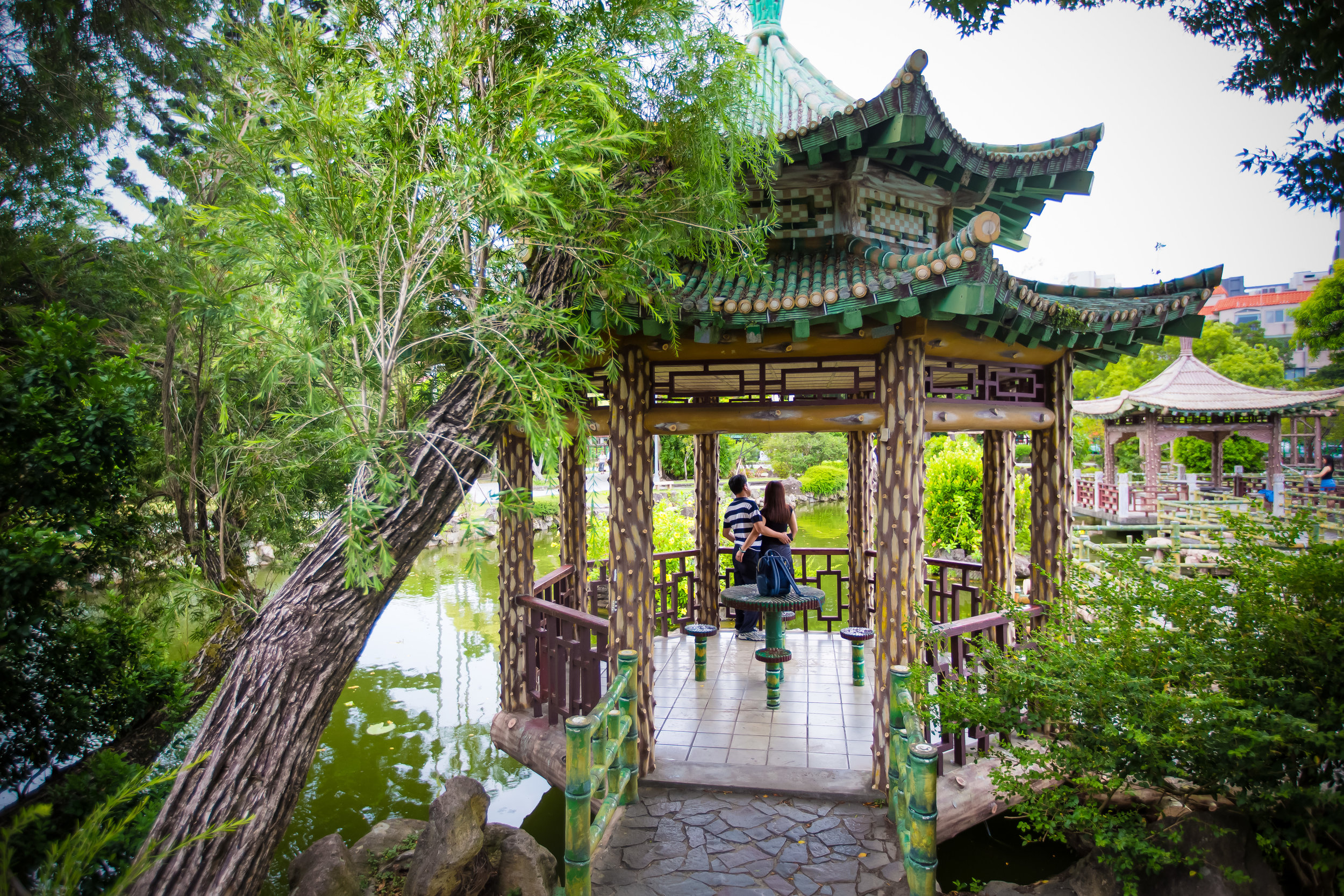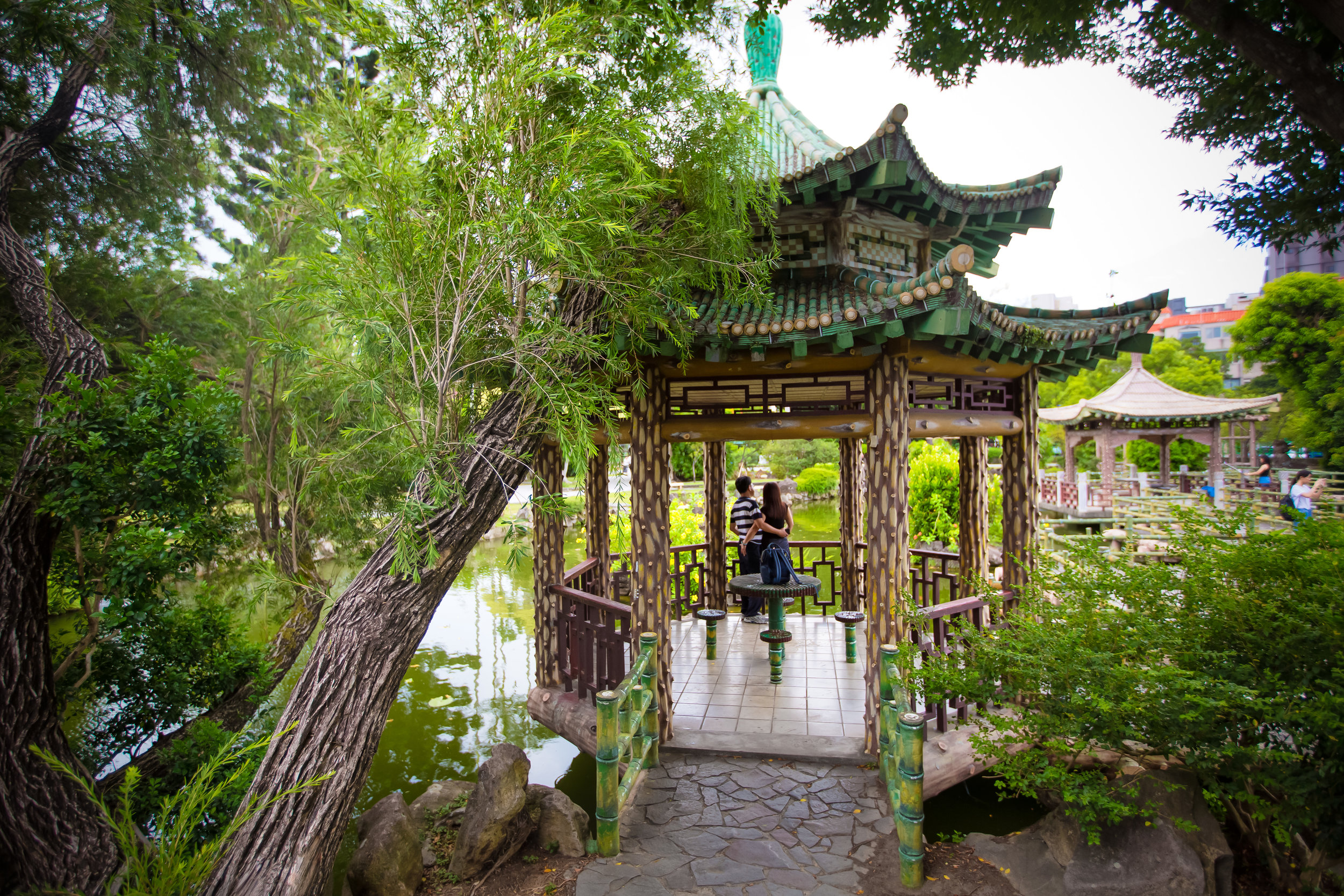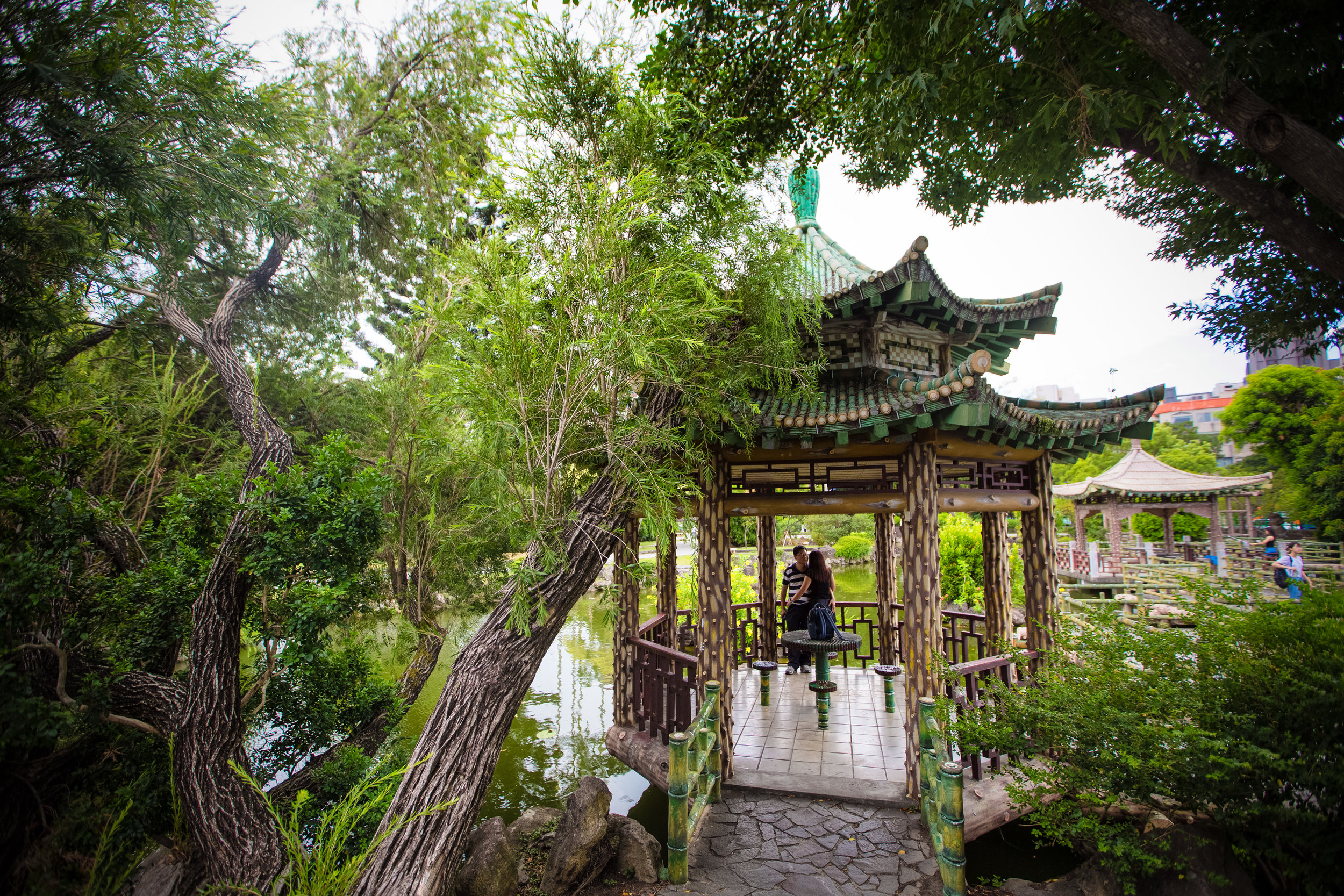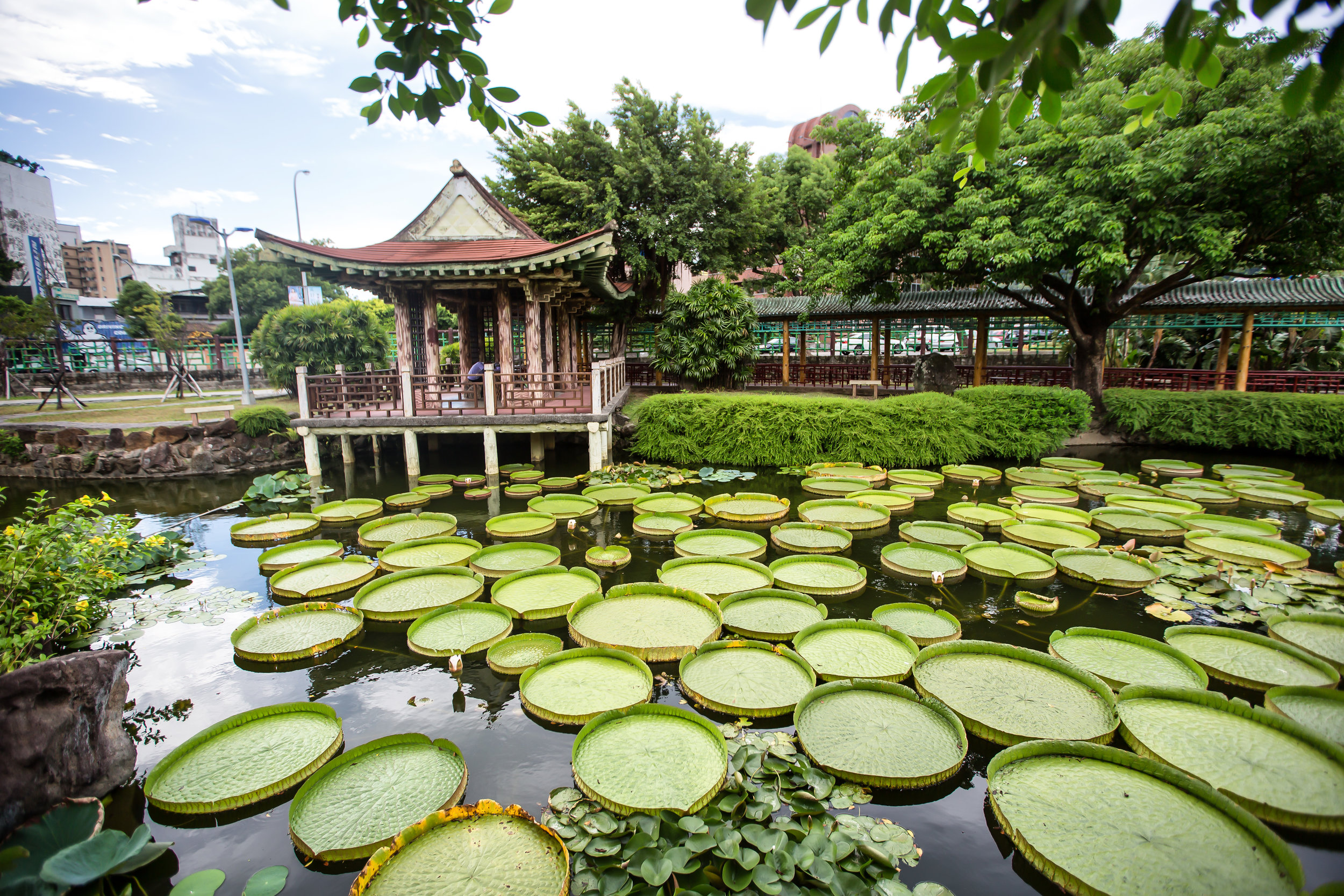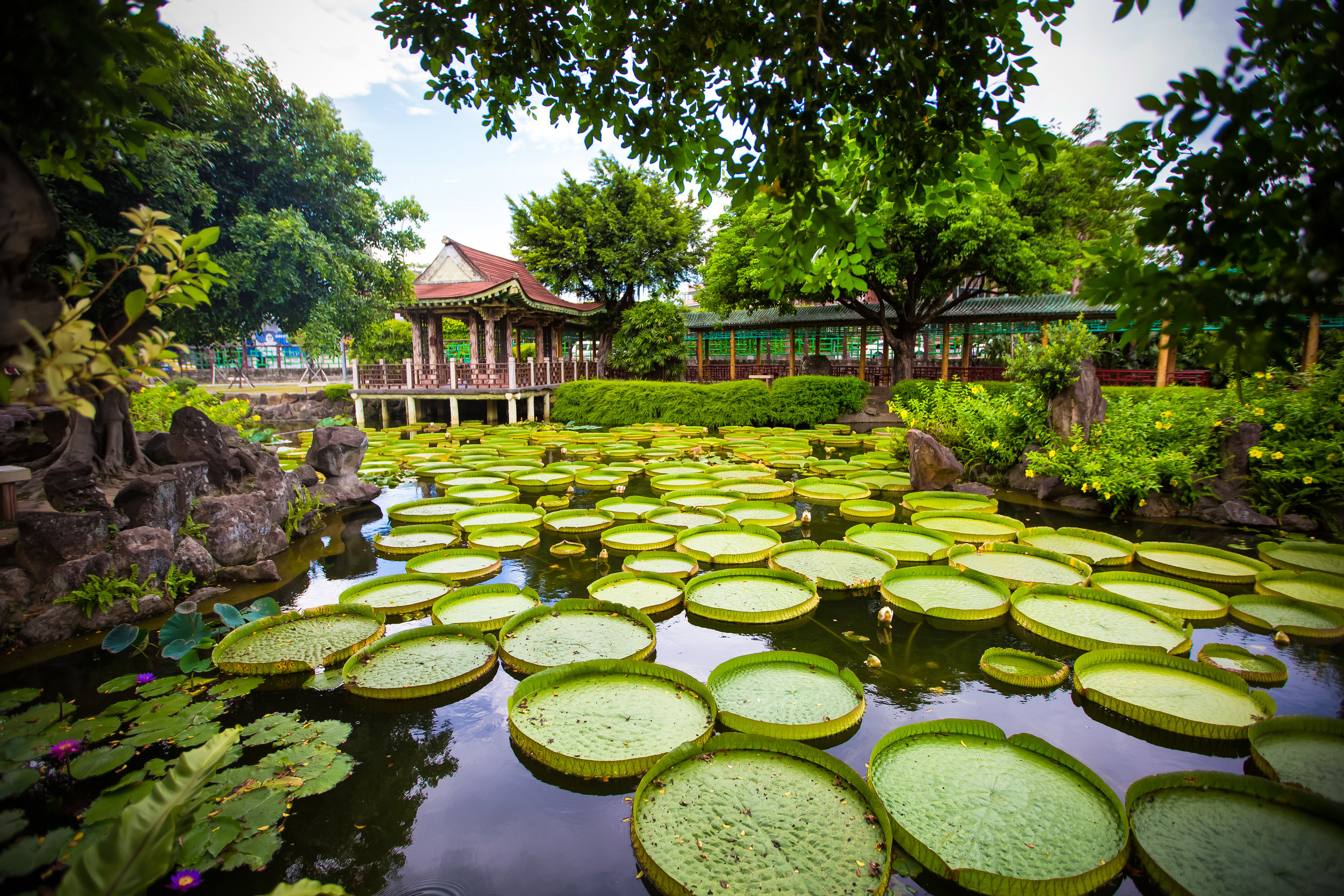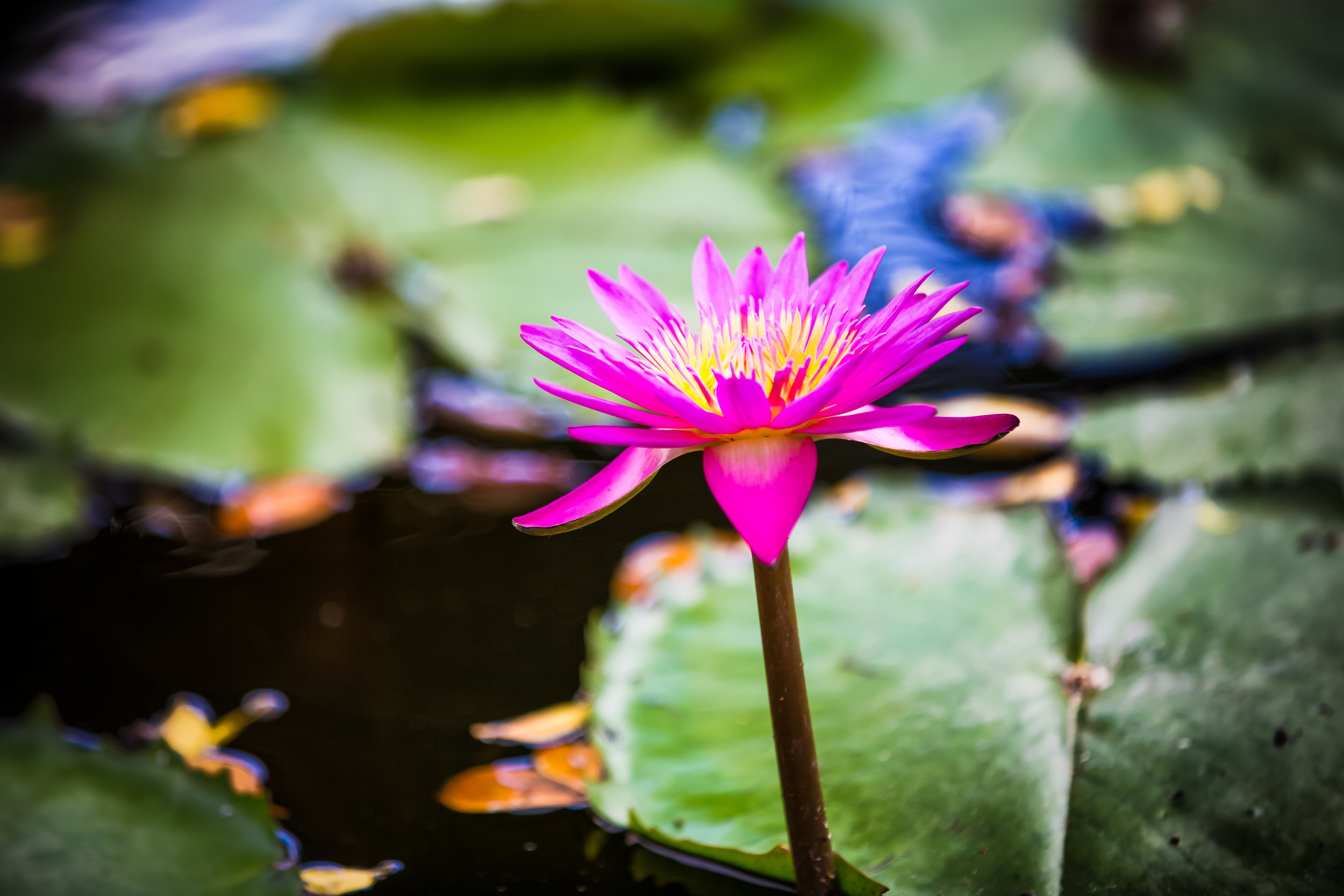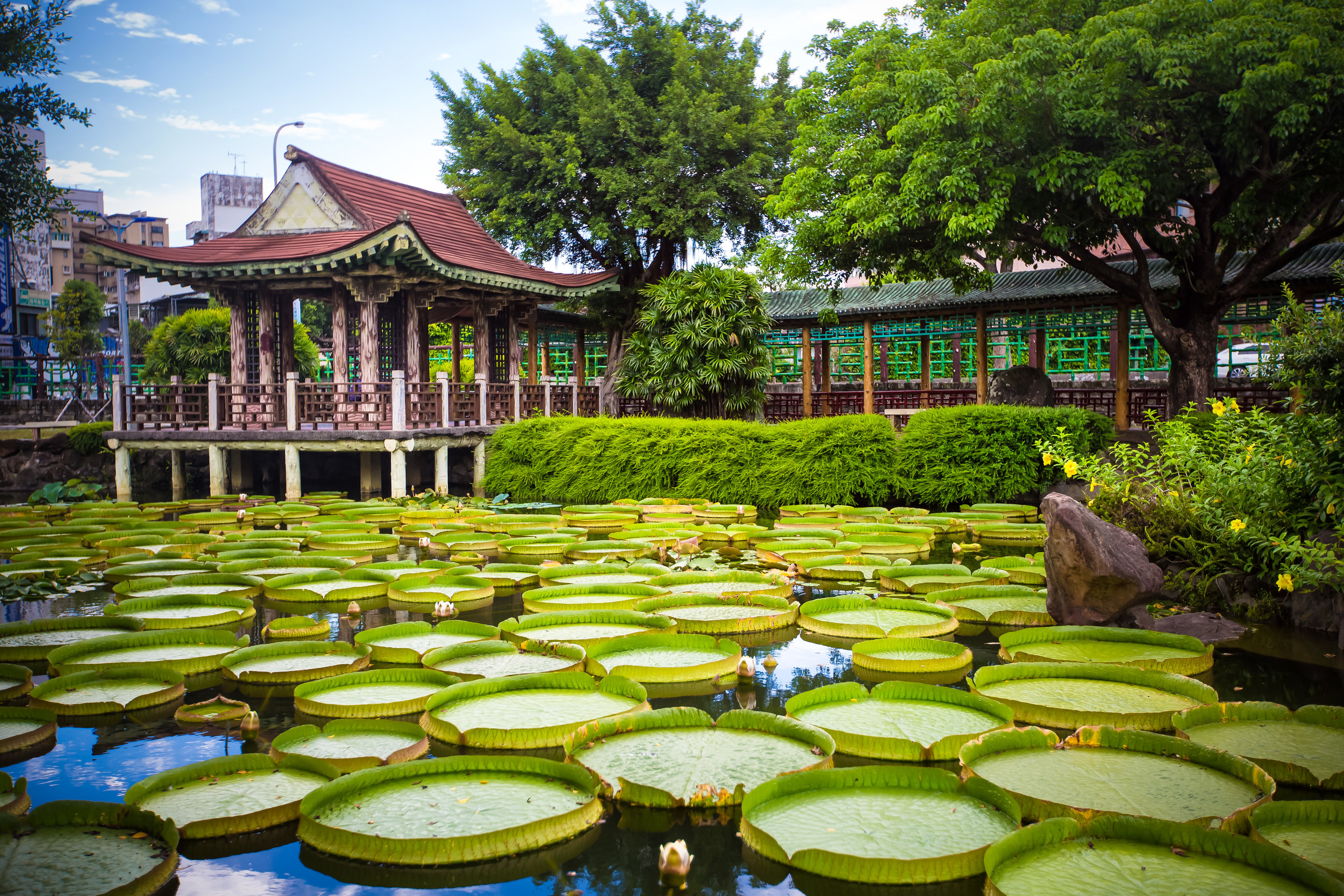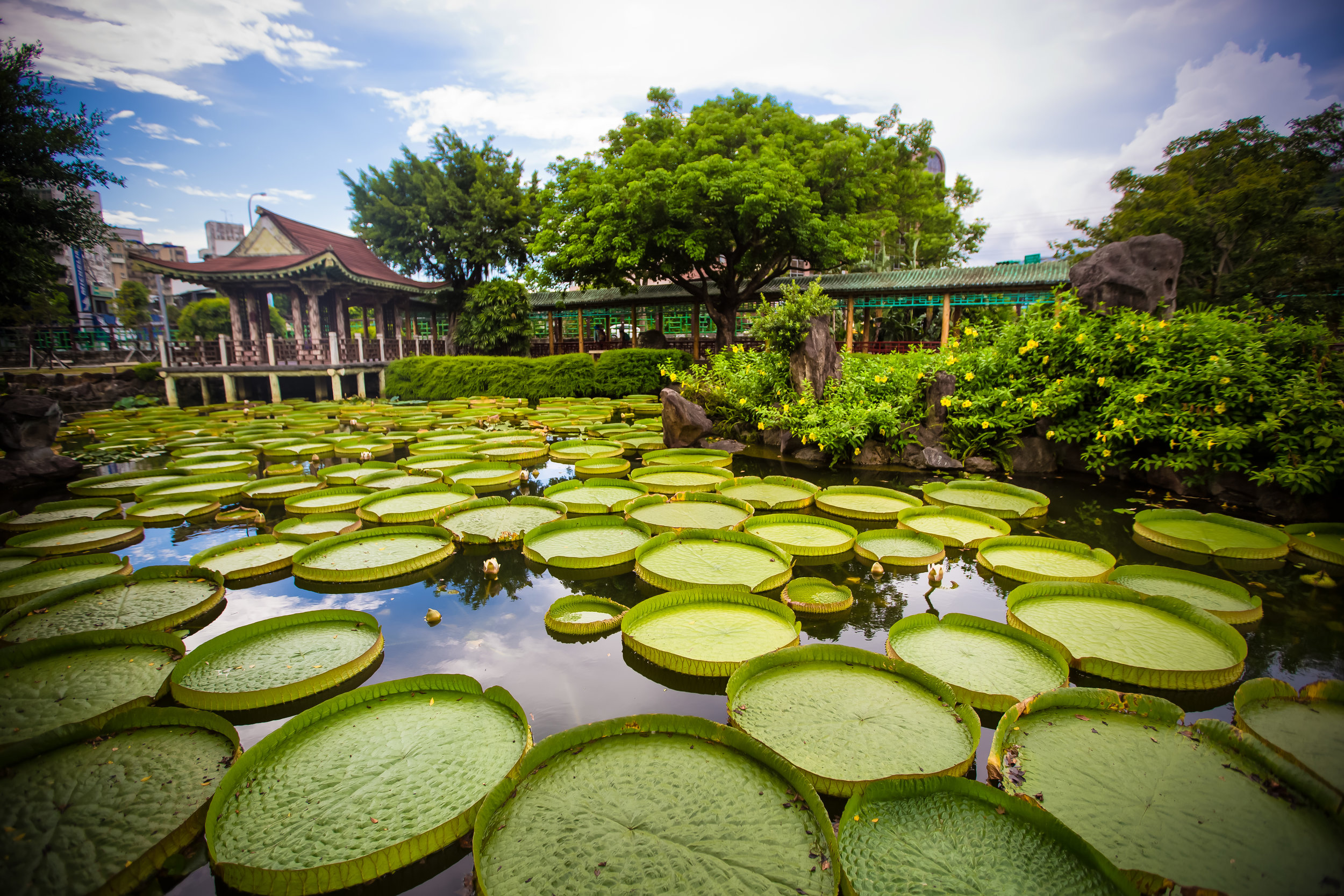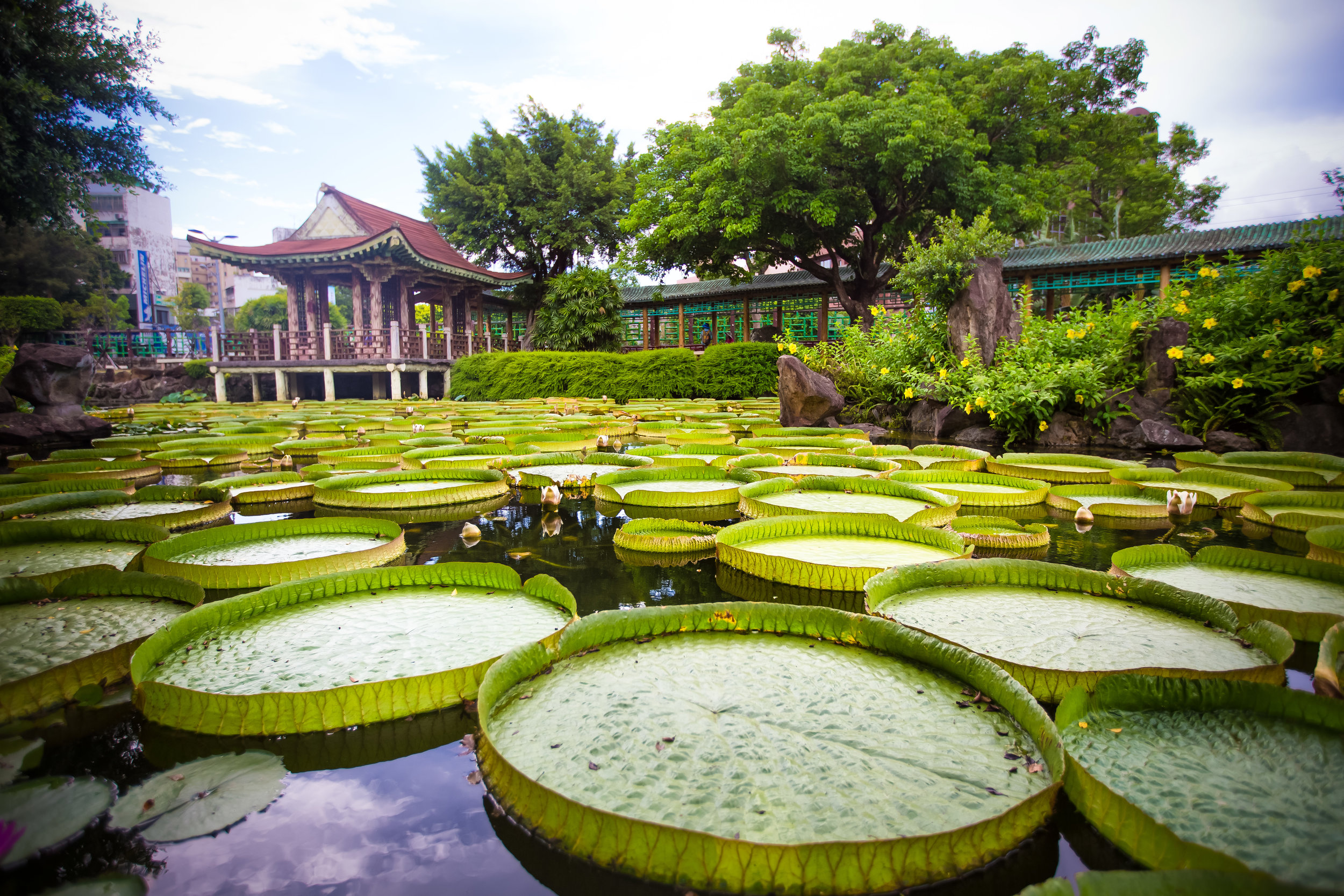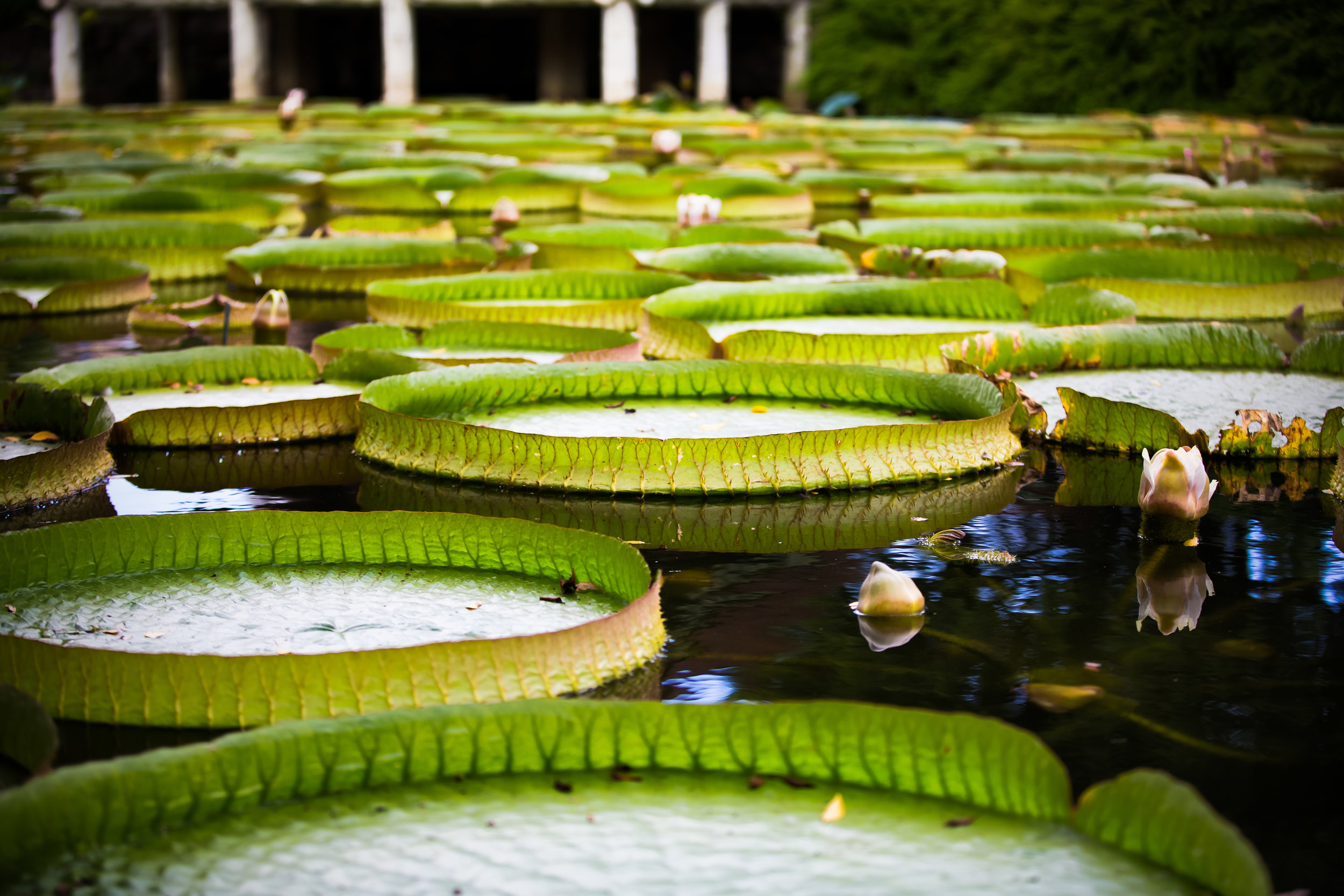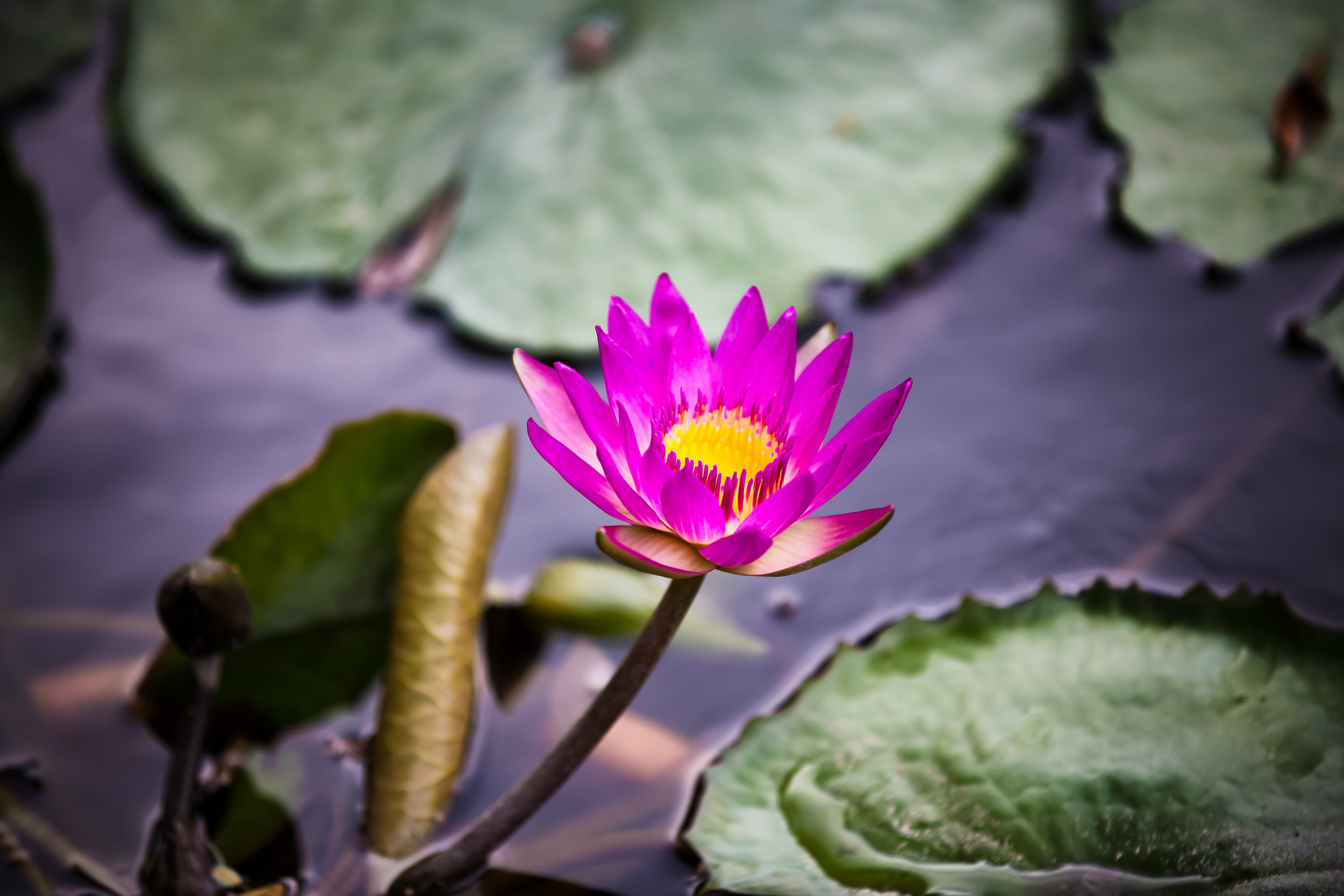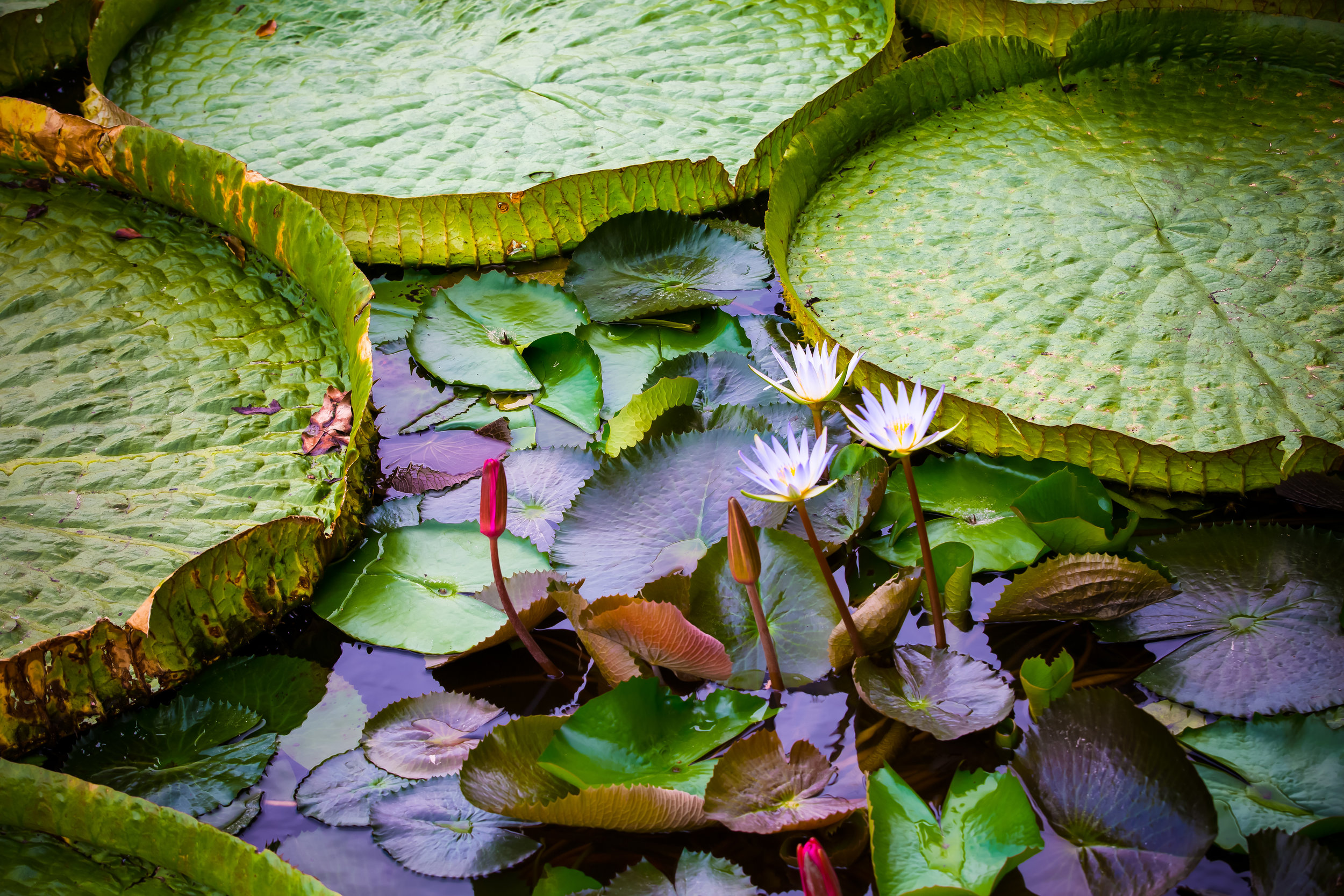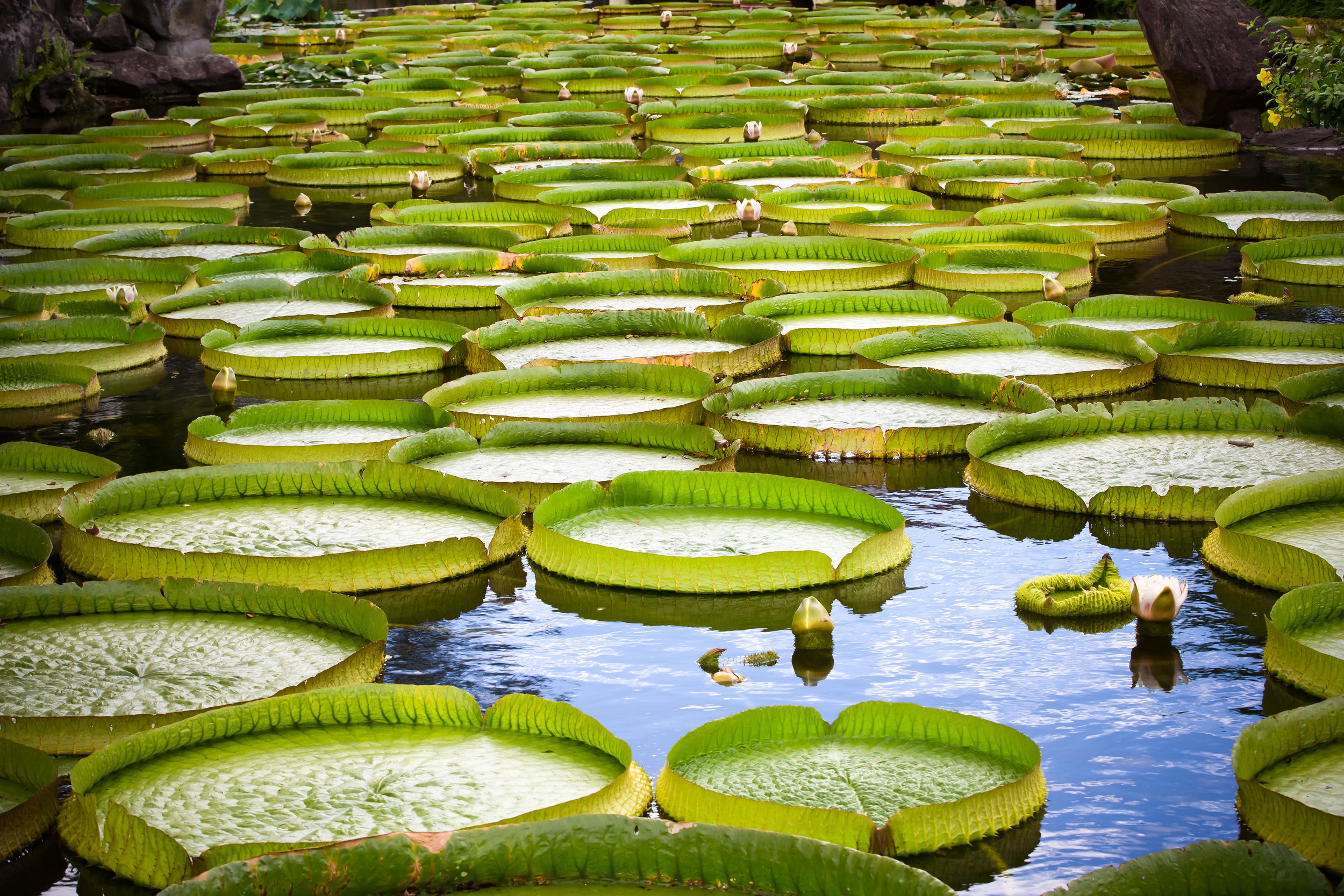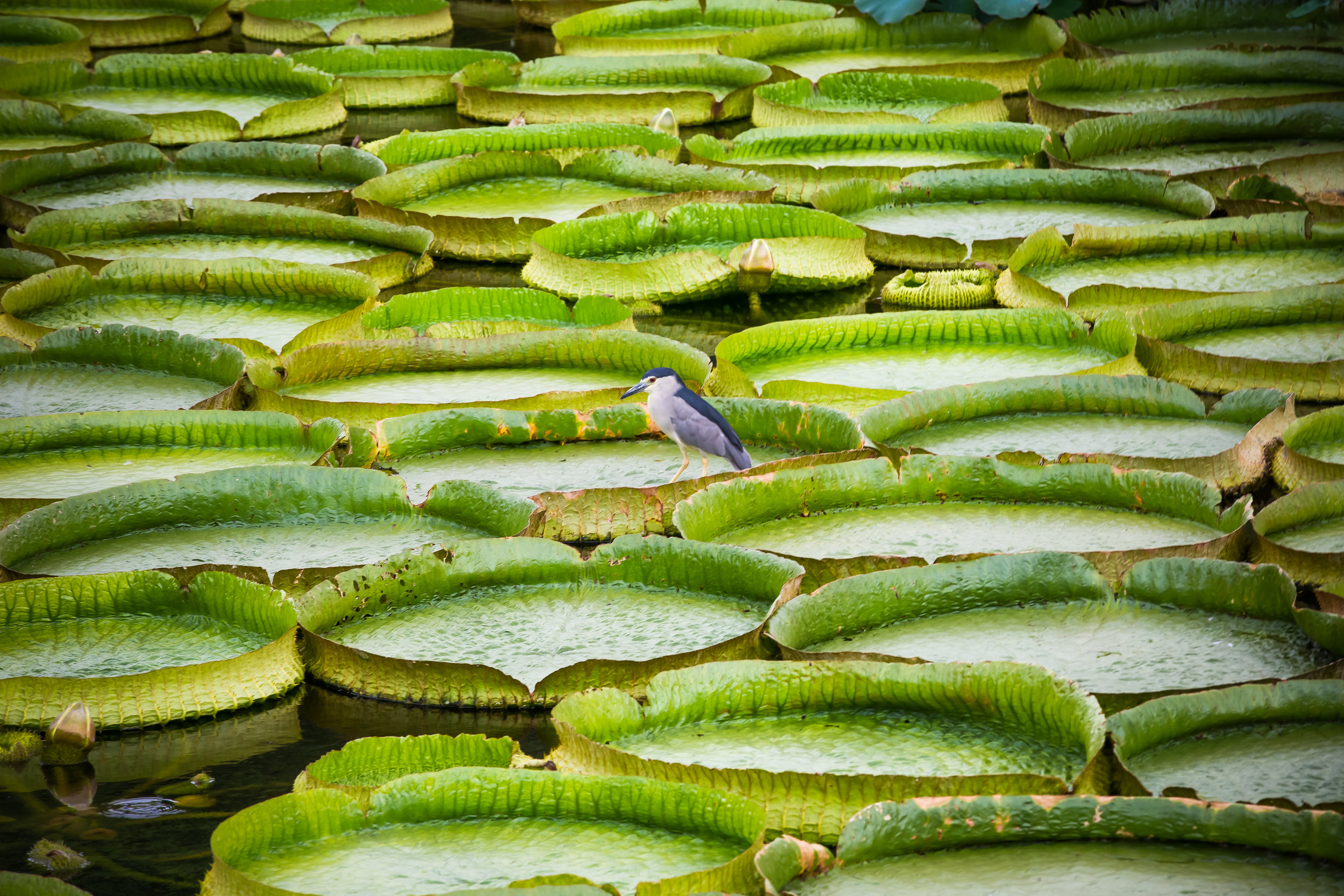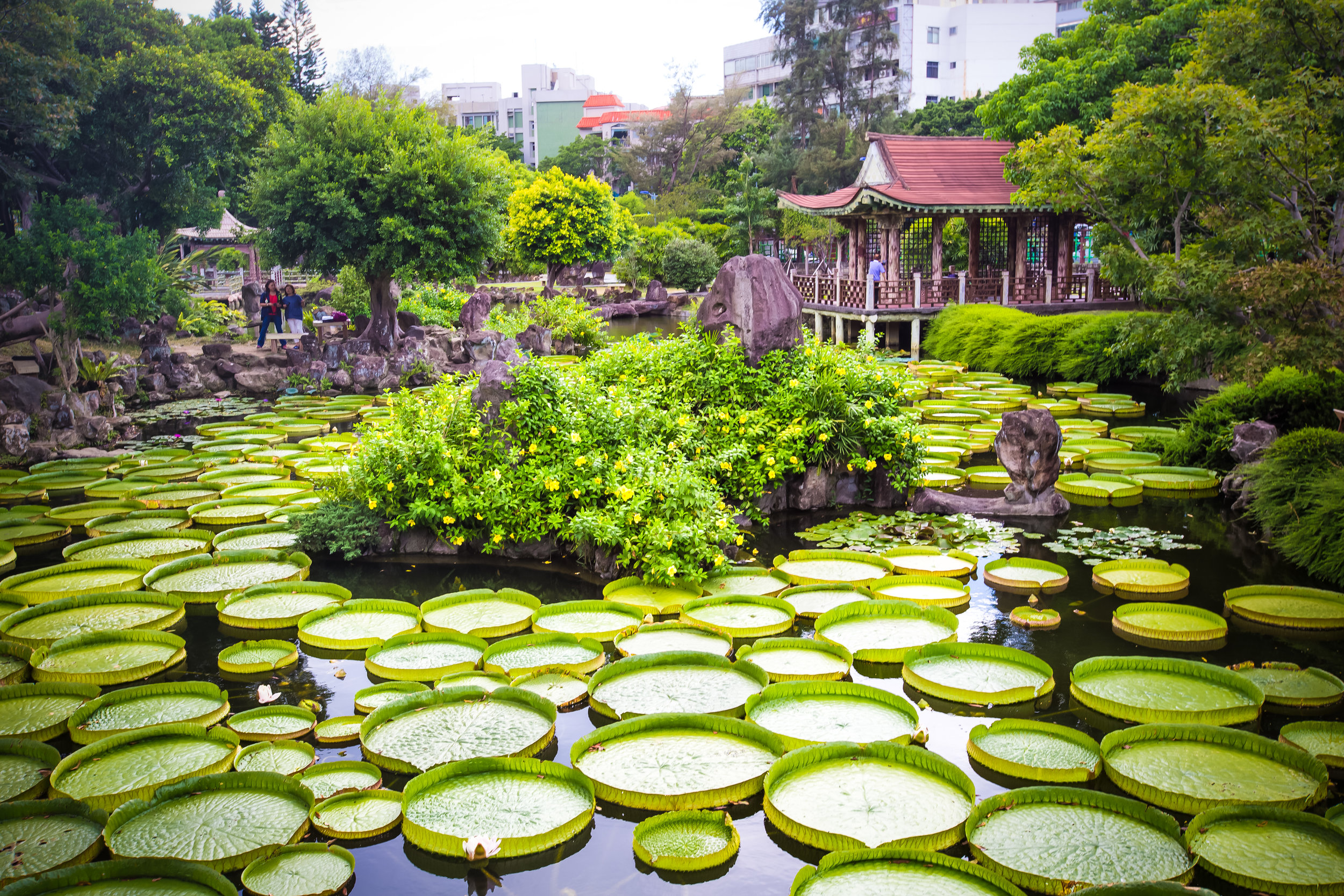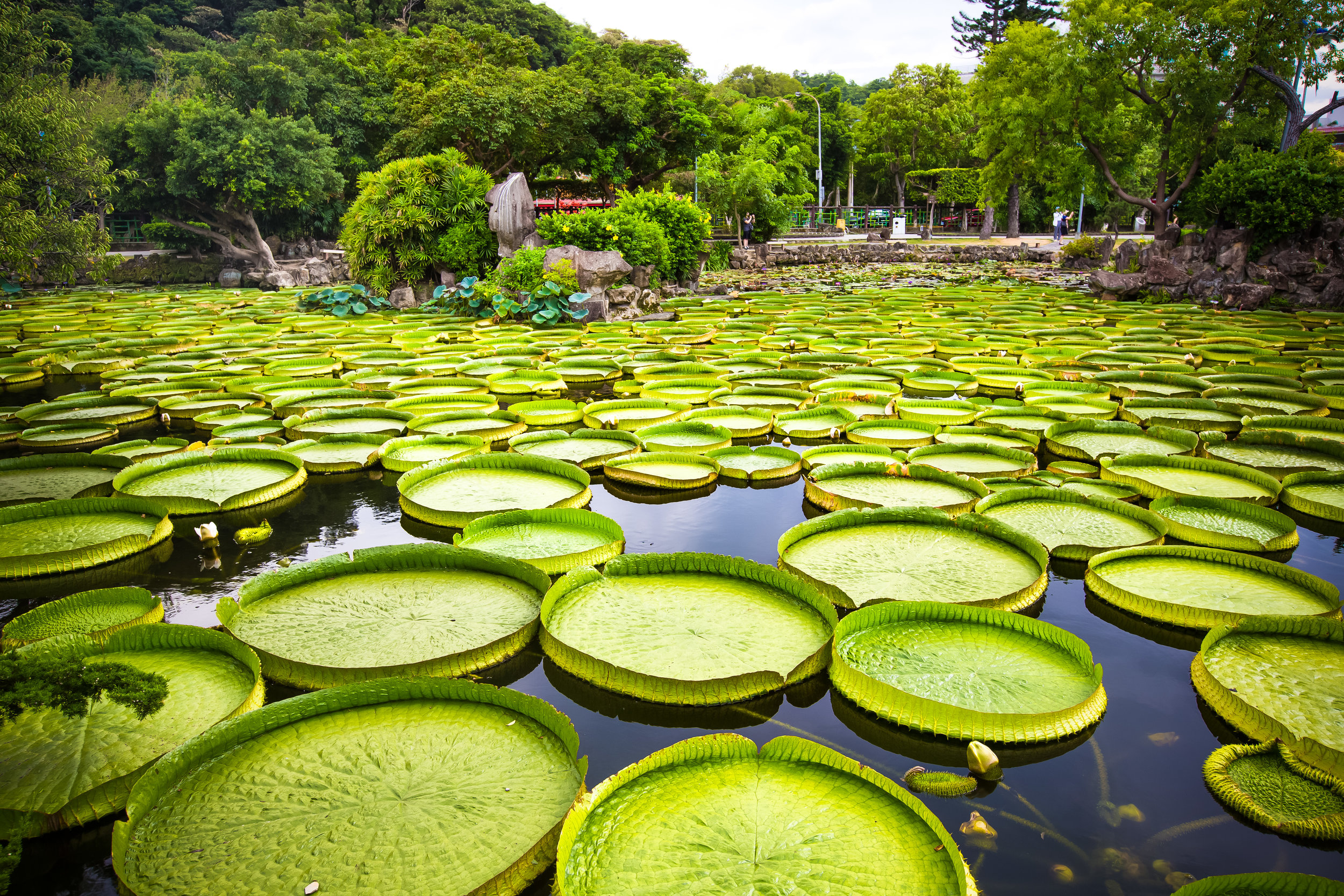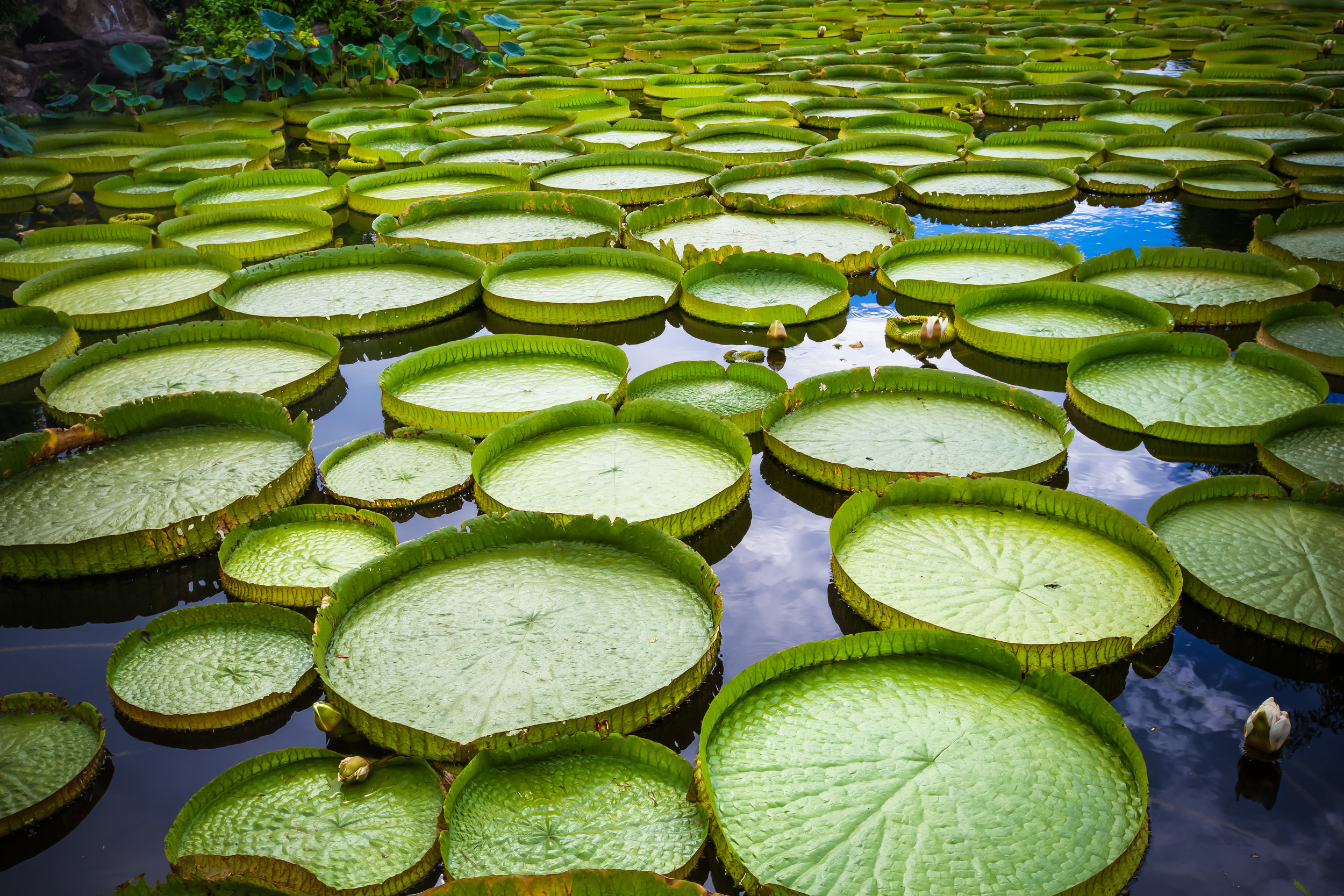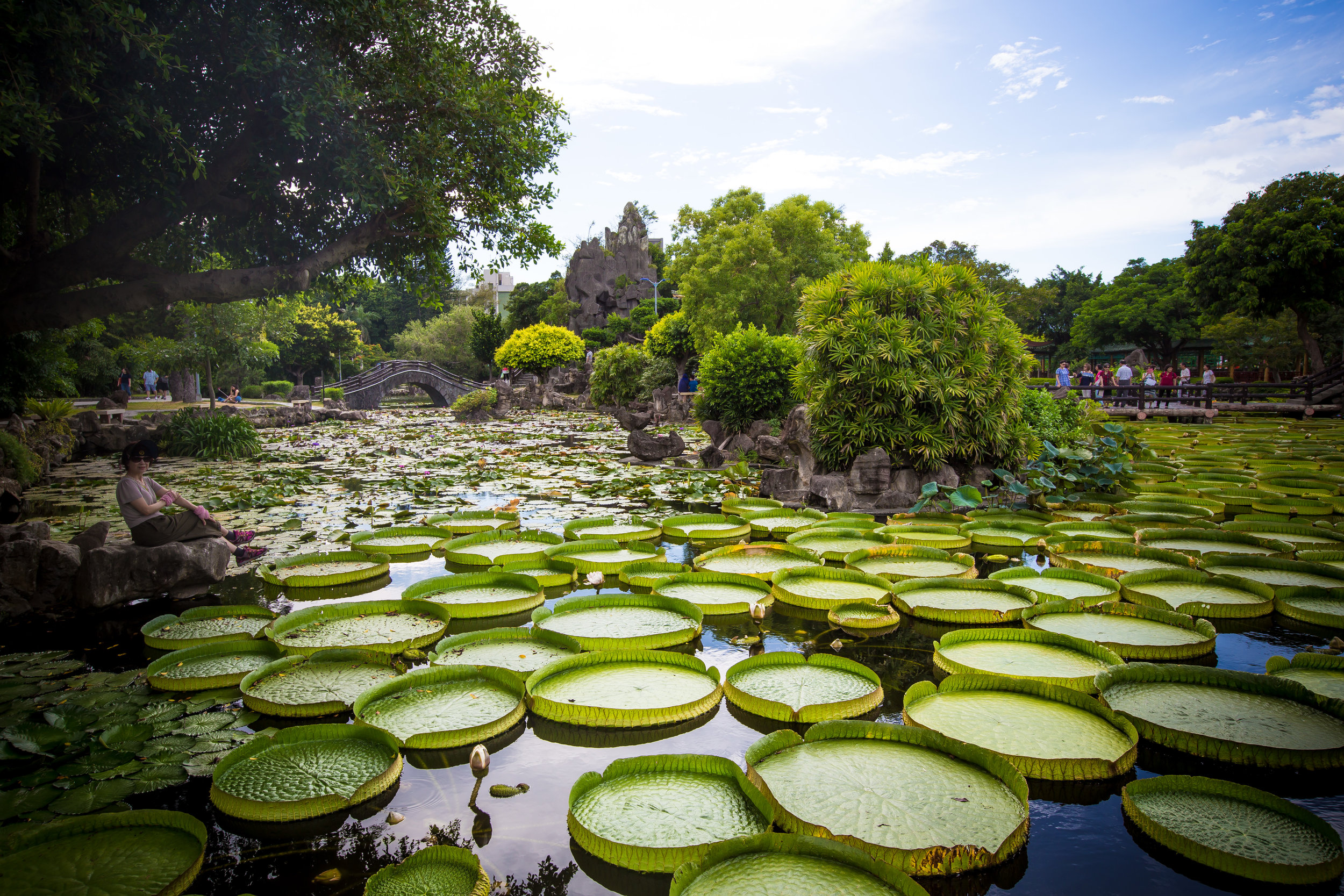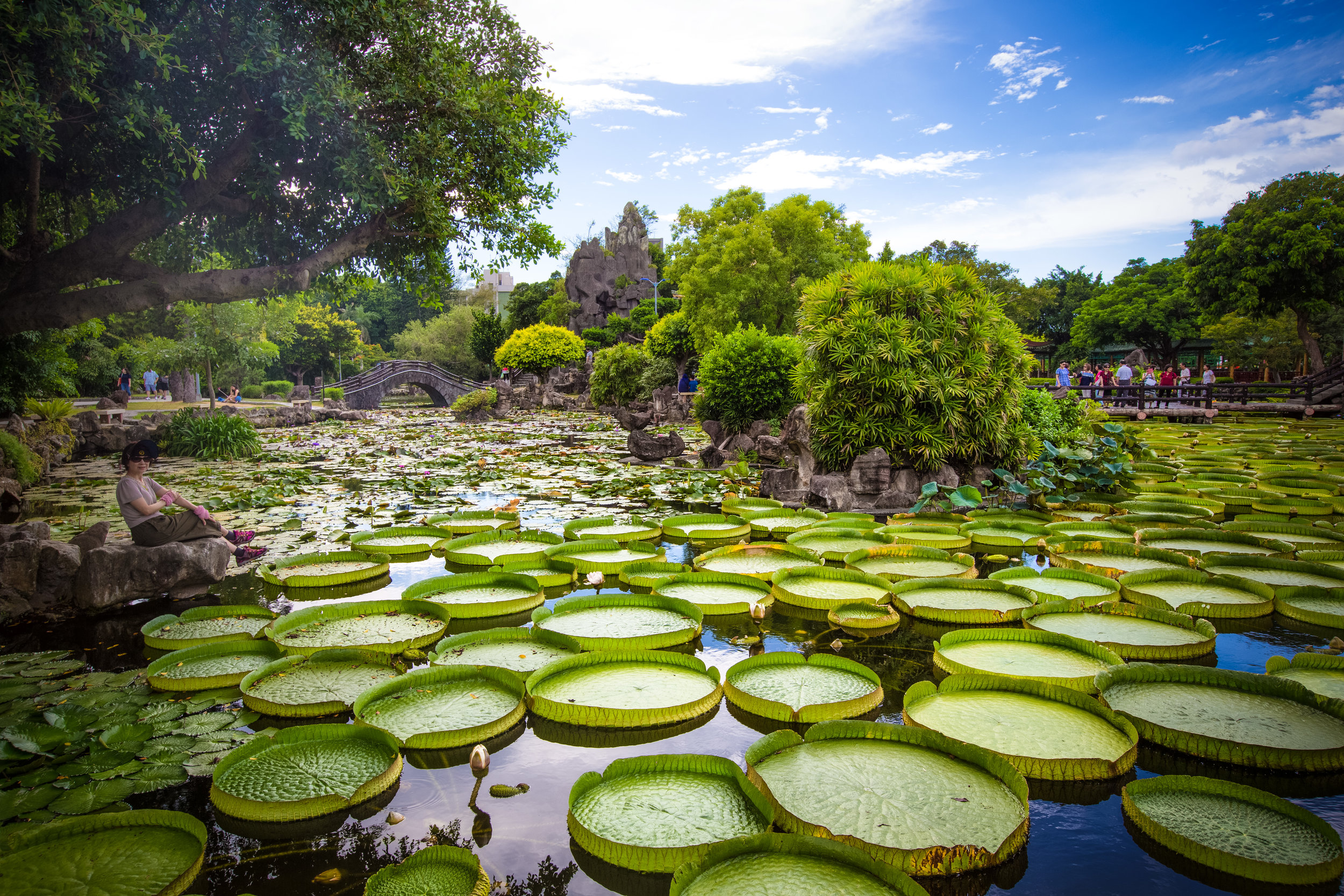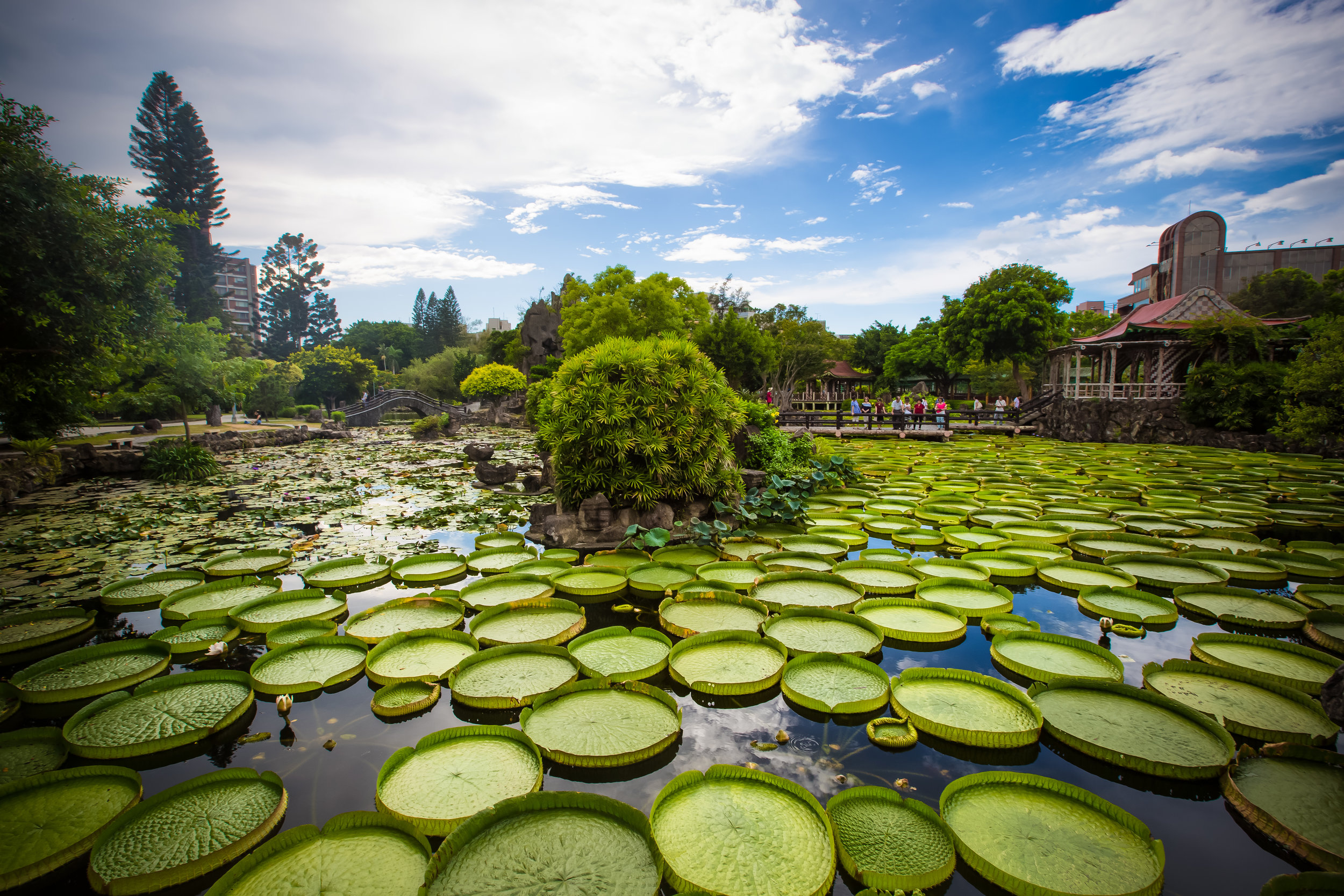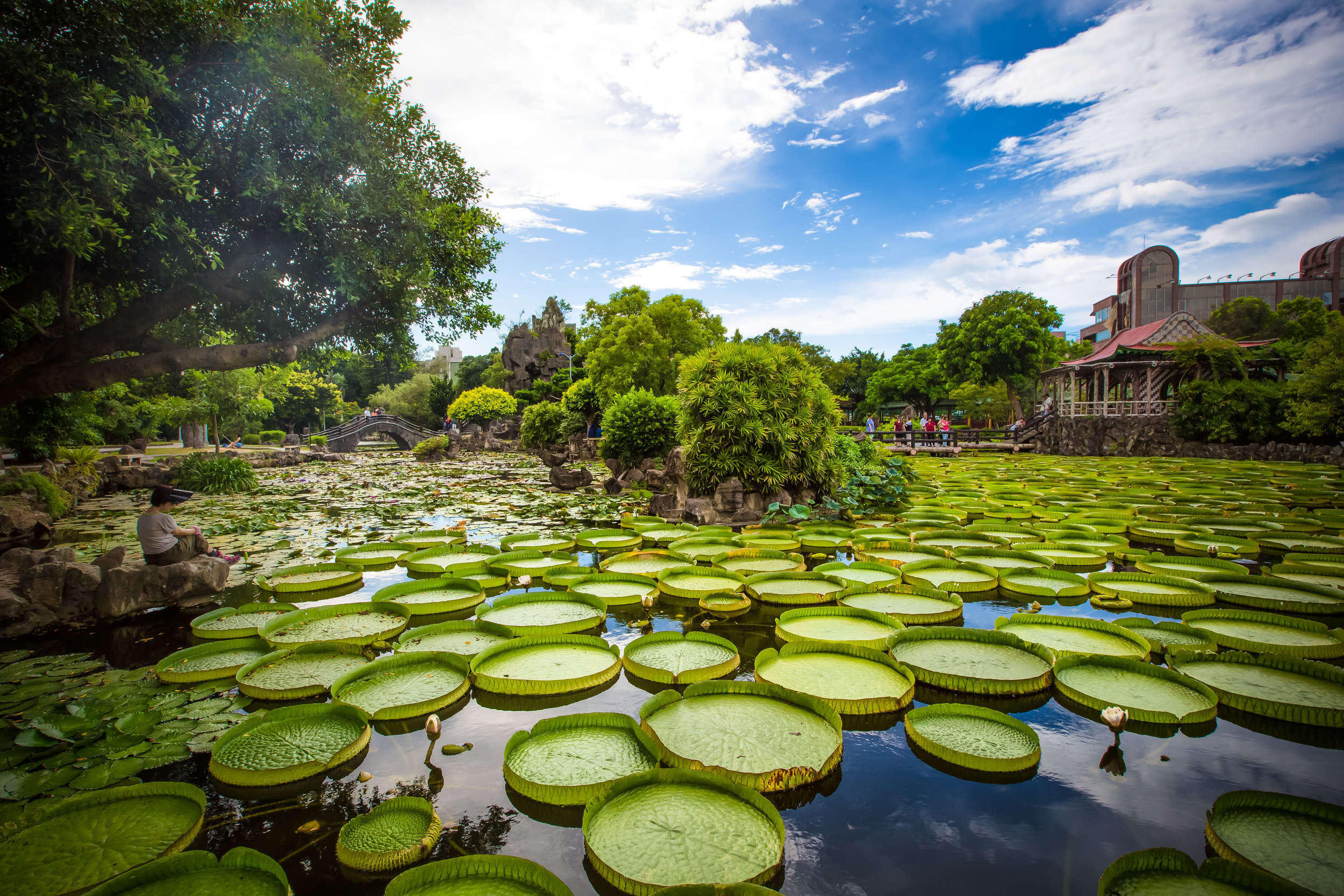It’s 2020. How many festivals have you attended this year?
If you’re like most people, I'm assuming not very many.
Over the past six months, most countries around the world have had to shut down their economies, close their borders and impose lengthy self-quarantine measures to protect their citizens from the COVID-19 pandemic.
It has been a really strange year.
Here in Taiwan though, we’ve been extremely lucky. It’s business as usual.
Sure, we had to endure a couple of scary months where we were all worried that our lives would be going down the same road as the rest of the world and every mention of a new infection sent us all reaching for the nearest hand-sanitizer.
Fortunately, our nightmares (thus far) haven’t come true.
The response of the Taiwanese government has been nothing short of superhuman.
We’ve all been able to go to work, school and enjoy leisure activities as if there wasn’t a pandemic taking place. The entire world is looking to Taiwan and collectively scratching their heads wondering how this isolated democratic nation neighboring China was able to be so successful in containing the virus.
Of course, the people of Taiwan also deserve a lot of credit as when it came time to take precautions with face masks, temperature checks, social-distancing, self-quarantine, etc. The entire country was on board with the government like a well-oiled machine.
So, as the world fell into disarray, what were people in Taiwan doing?
Well, quite a few of us were attending an internationally organized tulip festival.
Because thats apparently how they roll over here.
Unlike so many other events around the world that have had to be cancelled, the 2020 Tulip Festival at Taipei’s Shilin Residence which took place from February 13th - 28th attracted more than 100,000 visitors.
And yeah, it was open just in time for Valentines Day, which had a one day total of around 60,000 visitors.
Imagine for a moment, during the height of the pandemic, when countries all over the world were falling victim to COVID-19, that every day tens of thousands of people were cramming themselves into a park in Taipei to check out a bunch of flowers.
Not one to miss out, I joined the thousands of other people to check them out as well.
What do I know about tulips? Not a whole hell of a lot.
What I do know though is that when Taiwan does anything with flowers, they don’t joke around.
The festival was held at the Shilin Residence (士林官邸), once the home of President Chiang Kai-Shek (蔣介石) and his wife Soong Mei-ling (宋美齡), which has since been converted into a massive natural space that is open for free to the public.
This year’s tulip festival, which was titled “So Great to See You” (見你真好) was touted as the best yet with over 100,000 tulips imported from the Netherlands as well as Tonami City (礪波市) in Japan’s Toyama Prefecture (富山縣), which are both renowned for their cultivation of tulips.
With over twenty species of tulips on display, visitors were treated to several large displays, known in Taiwan as “oceans of flowers” (花海) that were separated by colour - Those sections included red, yellow, pink, purple, white, orange, black and multi-coloured tulips.
The displays were further separated into three different styles, namely “Western Style” (西式庭園), “Asian Style” (中式庭園) and another section referred to as the “Spring Fields” (踏青區). The latter was cleverly named based on a popular Chinese-language idiom that loosely translates as “to enjoy a beautiful spring walk” (踏青賞春), an annual tradition enjoyed by many families in Taiwan during the Lunar New Year.
More specifically, the various species on display are as follows:
From the Netherlands
Spryng (春紅), Fancy Frills (花蕾絲), White Prince (白馬王子), Largo (雷果), Negrita (小黑人), Salmon Dynasty (粉黨尼), Strong Gold (巨人), Bullit (布利), Orange Dynasty (桔黨尼), Cafe Noir (黑咖啡), Dow Jones (道瓊), Leo Visser (偉舍), Dutch Design (藝術家), Fabio (非比), Memphis (夢飛), Perfect Torch (火炬)
From Tonami City
Toyama Red (富山紅), Hakuun (白雲), Van Eijk (ファンアイク), Murasakizuisho (紫水晶), Shiun (紫雲), Huis Ten Bosch (ハウステンボス), Kikomachi (黃小町), Yuyakekomachi (夕やけ小町), Light Pink Prince (淡粉紅王子), Pretty Woman (プリティウーマン), Orange Van Eijk (オレンジ ファン アイク), Momotaro (桃太郎)
My one take away from all this translation is that no matter if its English, Dutch, Chinese or Japanese, a lot of flowers have weird names.
Alas, I’m posting this article a few months after the tulip show ended, so if you’re interested in checking it out, you’re going to have to wait until 2021 (if we’re lucky enough to still be around by then) when the festival takes place once again.
That being said, Taipei’s Shilin Residence has beautiful floral displays on display year-round, so if you’re looking to enjoy a bit of nature and don’t want to hike a mountain, I highly recommend stopping by this beautiful public space.
The Shilin Residence is a short walk from Taipei MRT’s Shilin Station (捷運士林站) - I’ll have a blog post about the park in the near future, but until then, all you have to do is exit the MRT station and make your way across Zhongshan North Road (中山北路) where you’ll find the entrance to the park a short distance away.
You’ll know when you’ve arrived when you see the Falun Gong protestors at the entrance.
It seems like they really enjoy the park. They never leave.






